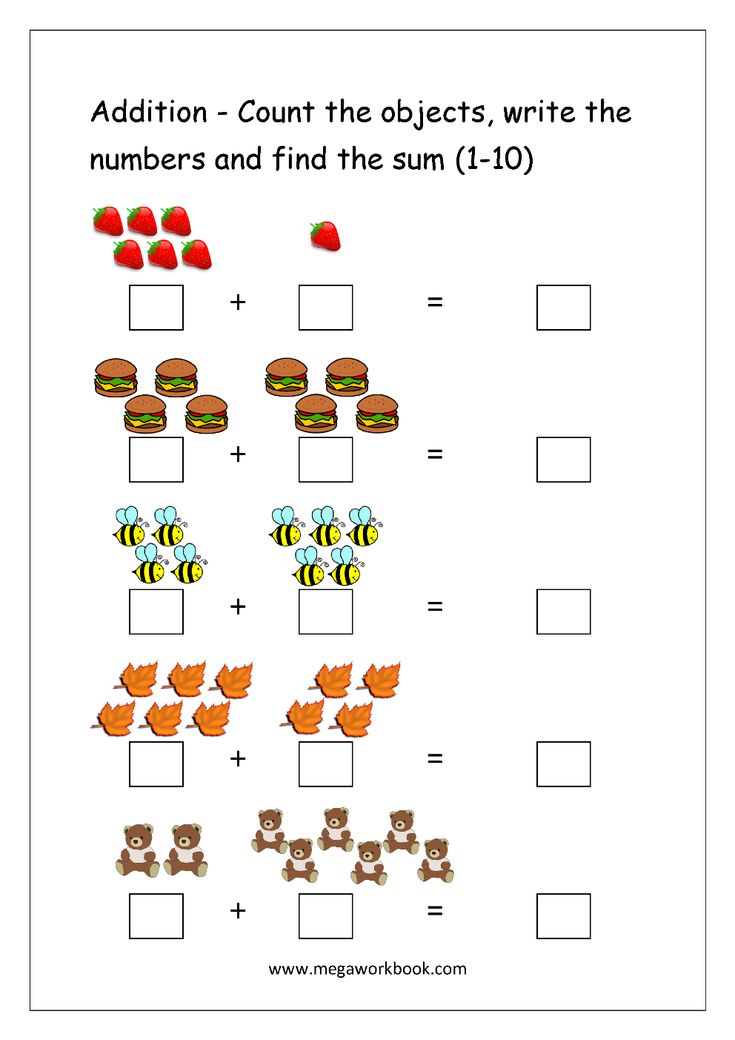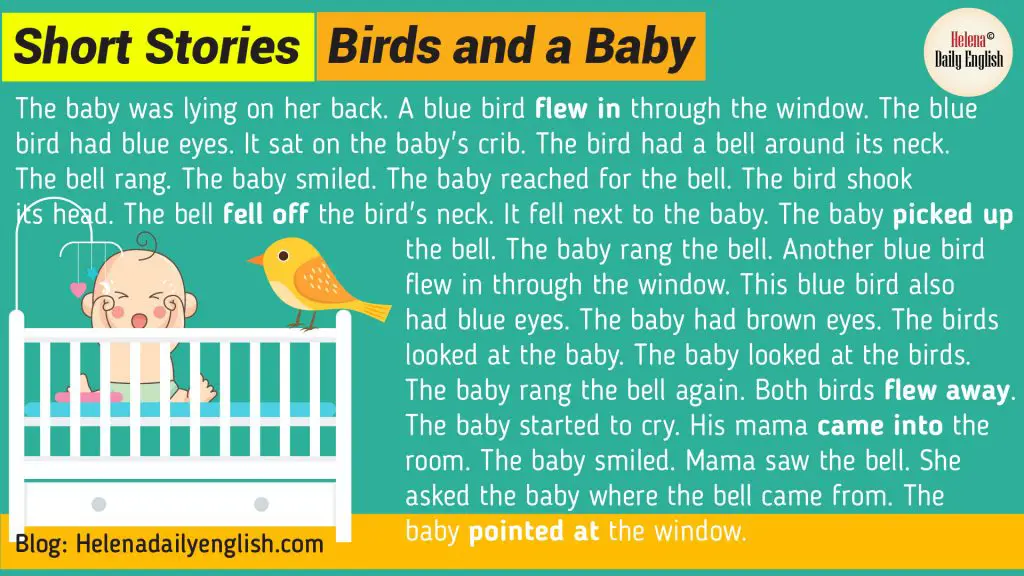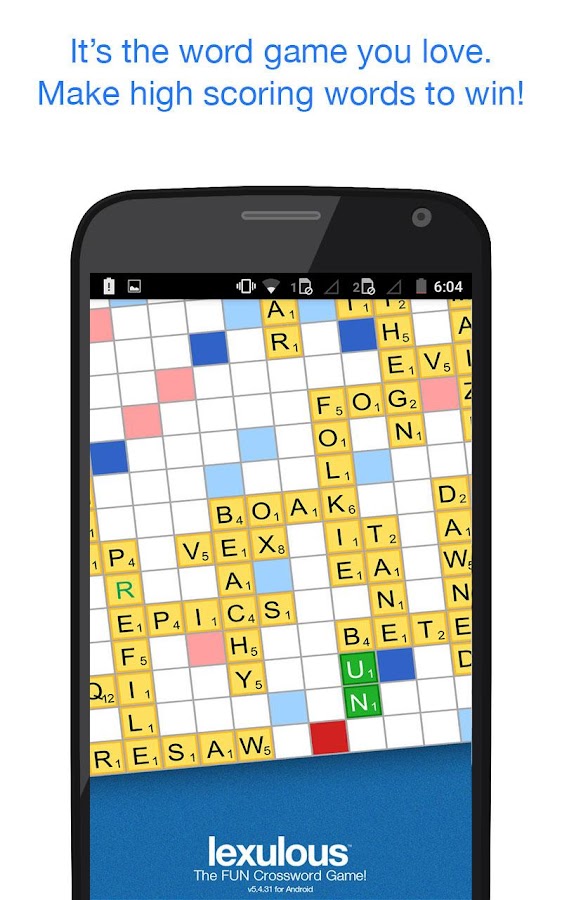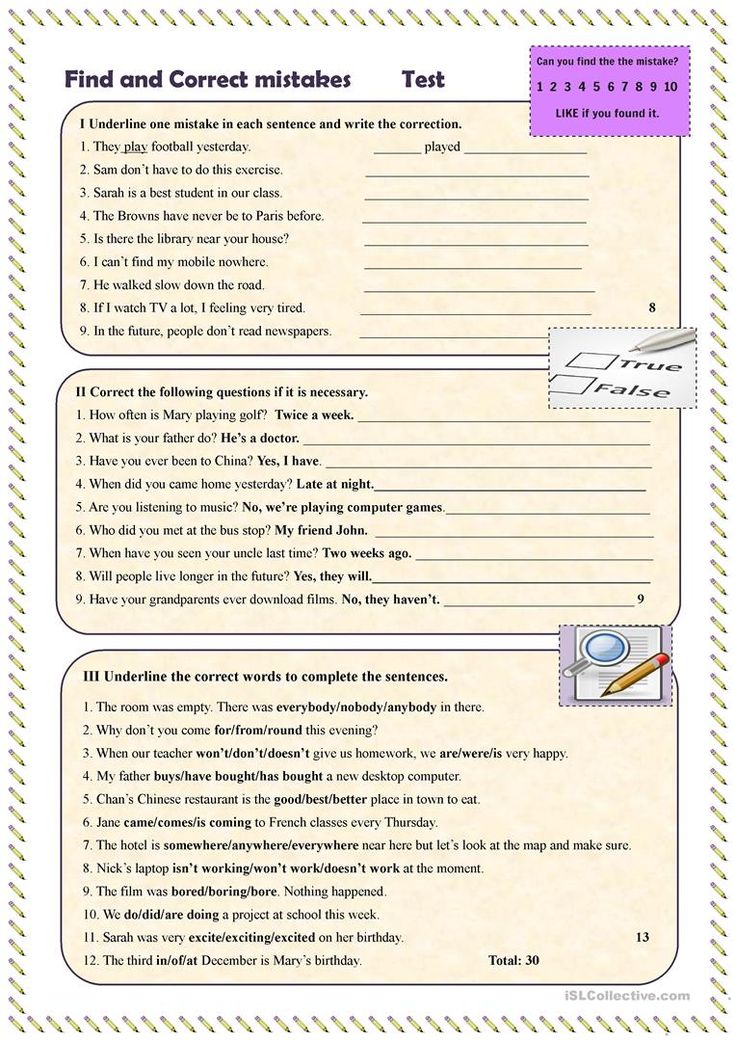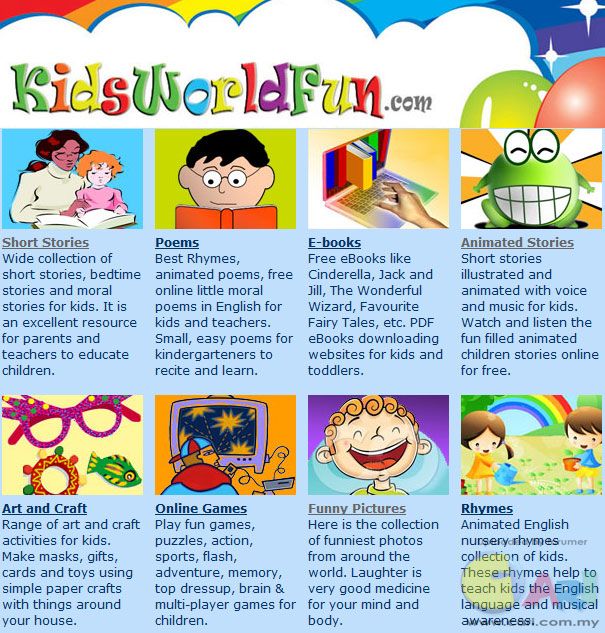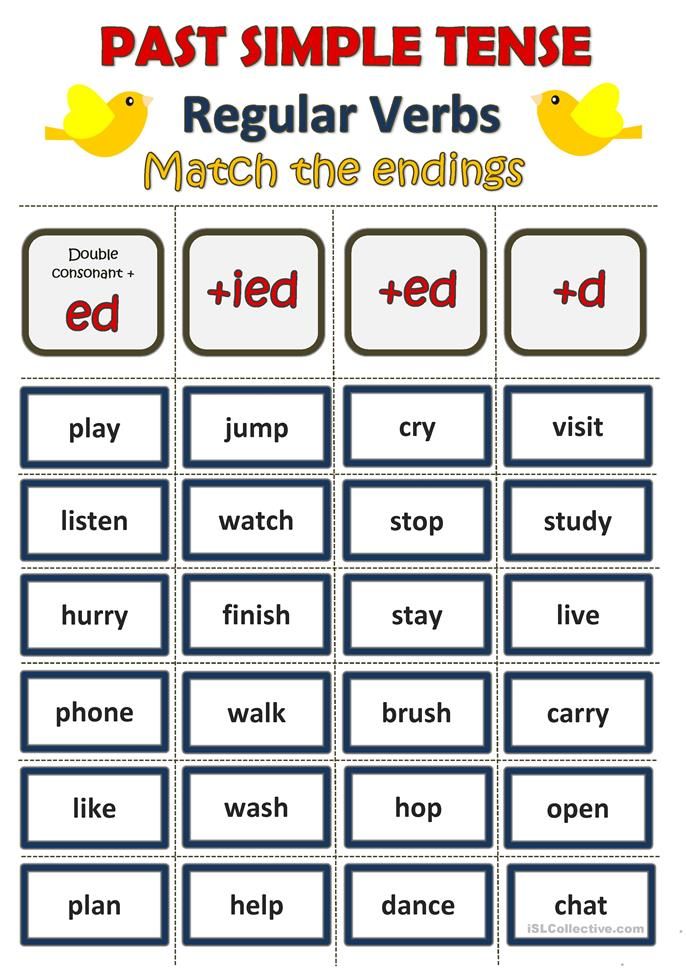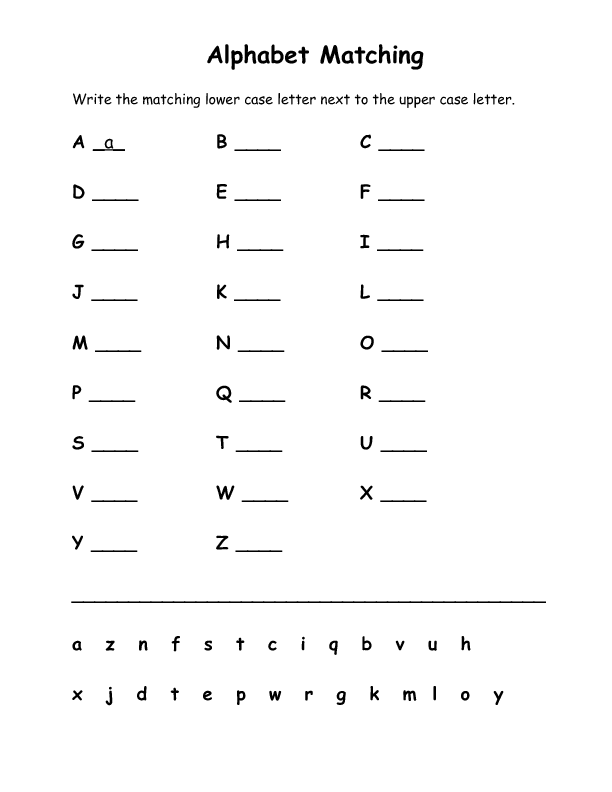Addition games for kindergarten
Addition Games for Kindergarteners Online
Throughout the formative years, a child explores and learns from his or her immediate surroundings. They compare and identify different quantities, objects, shapes, numbers, directions etc. The early childhood mathematical education lays a strong base for developing future mathematical aptitude. Everyday math learning setting is entirely based on a child’s everyday experiences and research based core curriculum and teaching practices. Science and mathematics education helps the child to make sense of the world around them.
In the formative years, a child develops effective skills through play and games. Online math games and puzzles are a great way to develop a foundation for math skills playfully and are in alignment with the core curriculum.
These math learning games and math activities for kids instruct them to identify different objects, count, and group the objects together and add up to find out the total amount.
Math Addition for Kindergarten
A preschooler or a kindergarten child is introduced to the number world. After preschool, a child can identify and count numbers easily.
Using Appropriate Math Aids
A kindergarten child begins to explore various tools, math aids and use them to investigate mathematical concepts. They learn everyday math by experimenting and using concrete materials such as dimensional solids, connecting cubes, ten frames, number balances and technological materials e.g., virtual manipulatives, interactive math games.
A kindergarten child learns to draw pictures, use drawing and diagrams, manipulate different objects to express math equation in putting together objects. Take, for example, Julian put 3 orange candies in a jar and her sister also put 2 strawberry candies in the same jar. How many candies are there in the jar?
A kindergarten child starts using mathematical language to understand how math symbols (+, =) are used to represent quantitative ideas in a written format.
In kindergarten math, a child learns to count from 0-20, try to understand the concepts revolving around the numbers such as putting the numbers together; for example, “If there are 5 ice cubes in a refrigerator, what would there be if we add one more? “ In order to know how many, the child keeps track of the counting.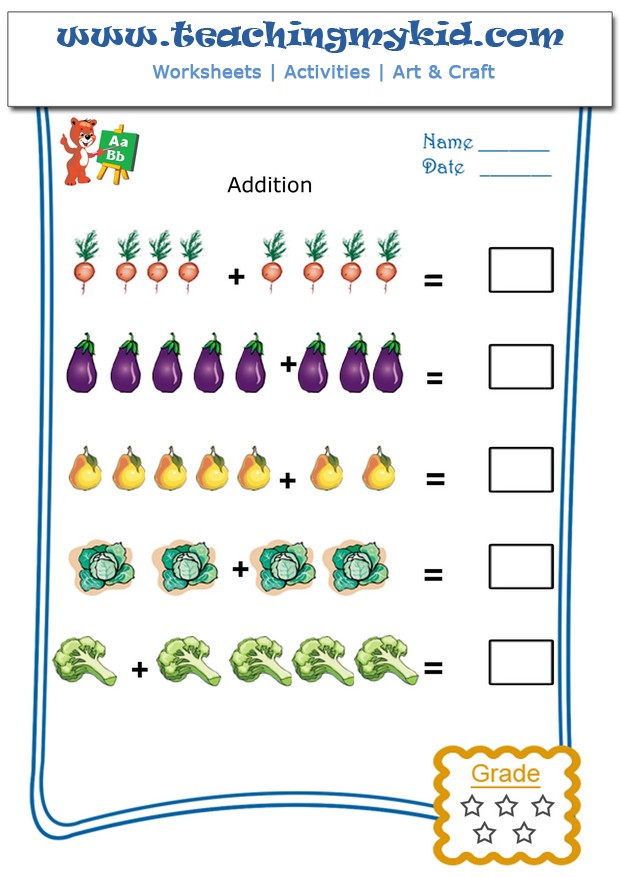
Through math education common core curriculum, a child understands addition as putting together and adding to, for numbers 0 – 10, Kindergarten students choose, combine, and apply strategies for answering quantitative questions.
At this stage, the child is still not familiar with the meaning of the math symbol “ equal to”, which will be introduced in 1st grade math education through math activities and interactive games.
At Kindergarten level math education, a child will be able to :
- Solve addition word problems, and add within 10, e.g., by using objects or drawings to represent the problem.
- Solve three types of addition problems within 10: Result Unknown/Add To; Total Unknown for different objects put together, and Addend Unknown.
- Use counting to solve addition problems with objects, fingers, and drawings.
- Fluently add within the number 5.
- Understand that a number (less than or equal to 10) can be decomposed into parts.
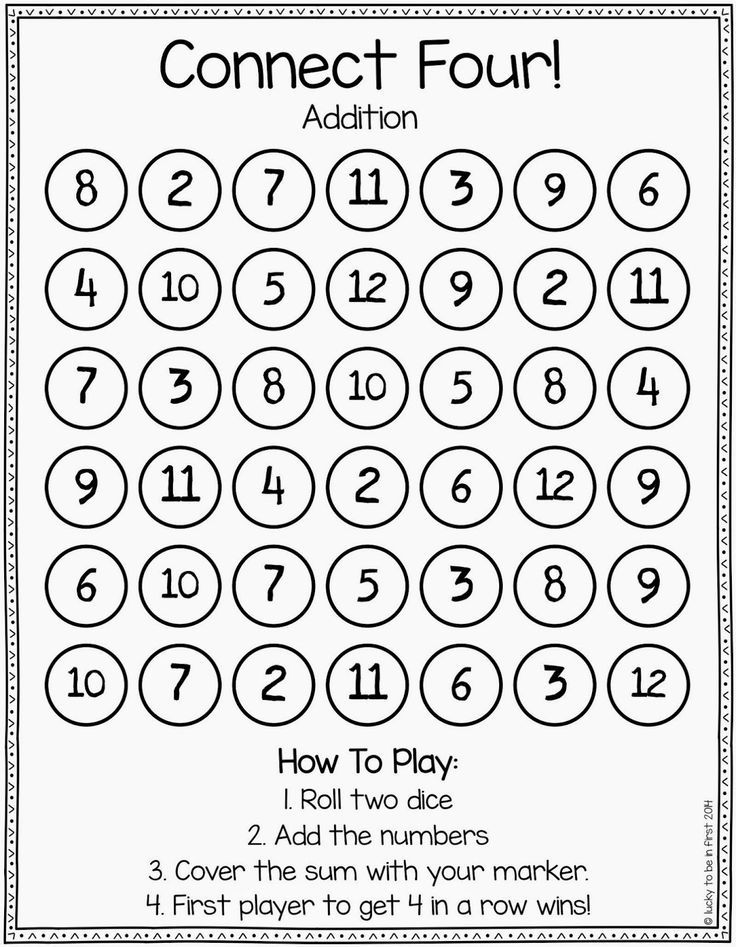
The LEGO Tower
The facilitator can use LEGO towers for simple addition problems.
For example, Ryan put 4 bananas in the fruit basket. His mother also put 4 oranges in the same basket. How many fruits are there in the fruit basket?
The child can make use of LEGO cubes to add the number of bananas and number of oranges.
Walking the number line: interactive learning game
One can make use of number line mat for putting things together and making a child understand the concept of addition in math.
For example, “ Sally has 1 blue balloon in her hand. She wanted more balloons of different colors. So Sally went to the balloon seller and bought one yellow colored balloon, one green colored balloon, and one red colored balloon. How many balloons does Sally have now?
Use the number line mat, to solve this simple math puzzle for kids.
Start from 1 ; as Sally already had one balloon.
Now move one step forward for the yellow balloon, another step for green and one last step for red.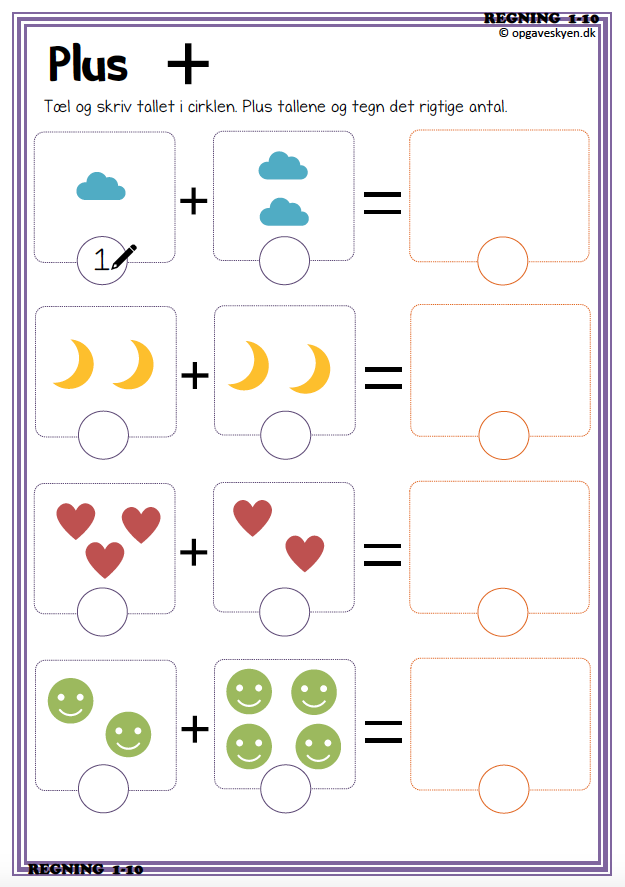
Where did you finish? 4.
Thus Sally now has 4 balloons in her hand.
Counting number and summing numbers together using: Math learning through mental math skill
A child already knows how to count using fingers. Now at this stage, the concept of counting is extended to the concept of summing. All these skills are in alignment with the facilitators and students following core curriculum.
Finger Addition: Learn Math the easy way
Add up 5: Kindergarten educational math game
A simple math play for the young brains.
- Look at the picture and the number equation the children are holding in the tube
- Use any of the math strategies for kindergarten: finger addition, sticks, blocks etc. and sum up the numbers.
- Now choose the answer from the sail boats given below.
- Click on the correct answer boat and it will start sailing.
Add an Apple: Kids learning games
This is a funbrain games where the kids add while they color.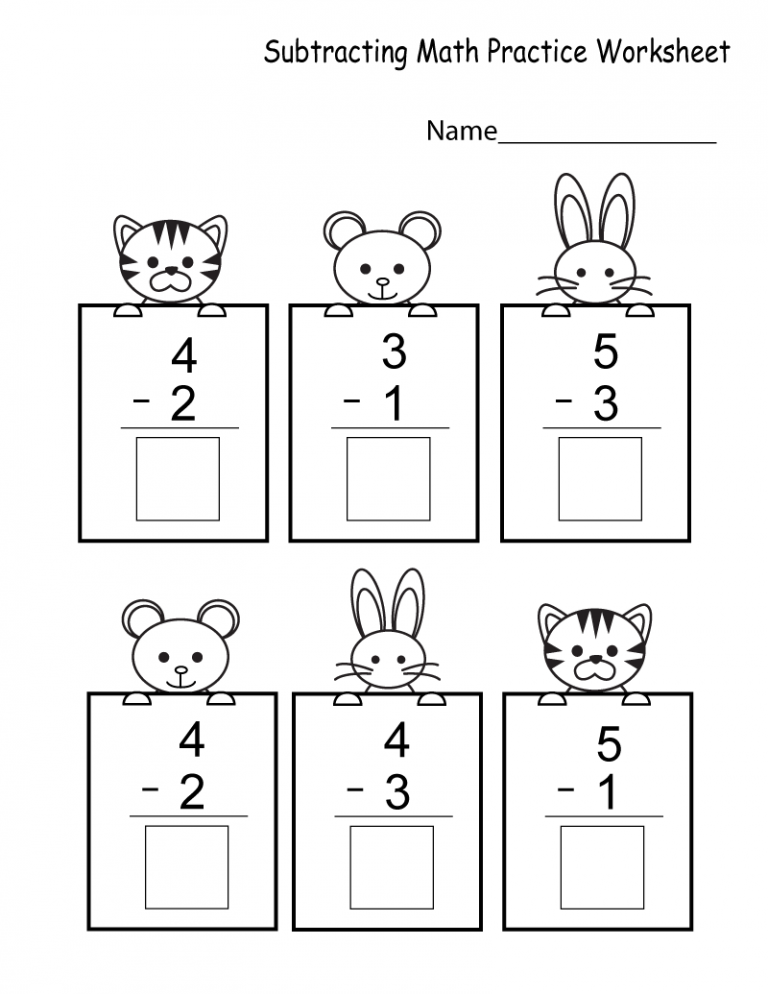 The math activity is simple to implement and is based on the core curriculum. All one needs is a print copy of this kids math worksheet and colors.
The math activity is simple to implement and is based on the core curriculum. All one needs is a print copy of this kids math worksheet and colors.
- Ask the child to count the number of red, green and golden apples on tree one first. Then tell them to draw out these many apples on the empty and colorless tree.
- Next, ask them to count the number of apples on the second apple tree. Tell them to draw these again on the third tree.
- Once the required assignment is done, count the number of apples drawn on the third apple tree. This is the sum of all the apples on both the trees.
Addition up to 10: Fun Math Activity for kindergarten
- Cut and paste the missing pictures from the one given below.
- Add the number of animals in both the pictures and draw an equal number of lines in the third box.
- How many are they?
Color the Missing Addend: Math is fun
A great educational game for children following core curriculum.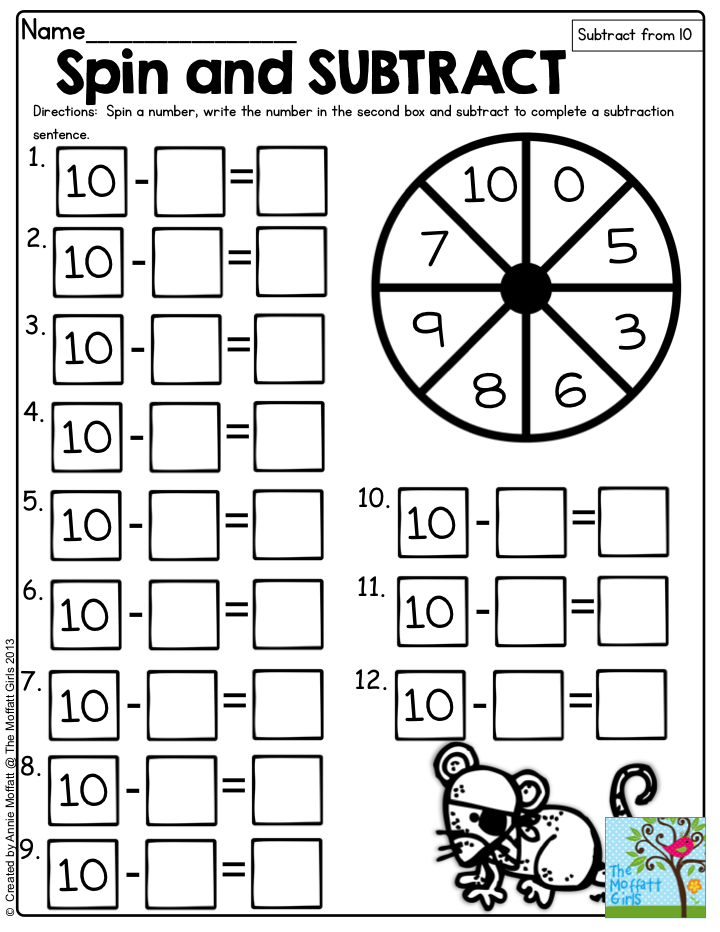 It is not all study not play at SplashLearn; it is learning math while playing. free games for 5-year-olds
It is not all study not play at SplashLearn; it is learning math while playing. free games for 5-year-olds
In this simple addition activity, the addend is missing.
- Ask the child to count the number given in the box with fingers.
- Now look at the first bunch of flowers, it is all colored.
- Ask the child to count the colored flowers in the first bunch. While doing so, simultaneously fold one finger for one colored flower.
- The number of fingers left unfolded is the missing addend.
- Color these many number of flowers in the second bunch.
Chu-Chu addition train: Step by step math
An interesting preschool game for 4-5 years old based on mental math strategies.
- In this game, a chu-chu train passes in front of the kid slowly so that there is sufficient time to count and add.
- Look at the chu chu train carrying the animals.
- How many animals are there in each train?
- The kids count the number of animals in each train and try to add them using fingers.
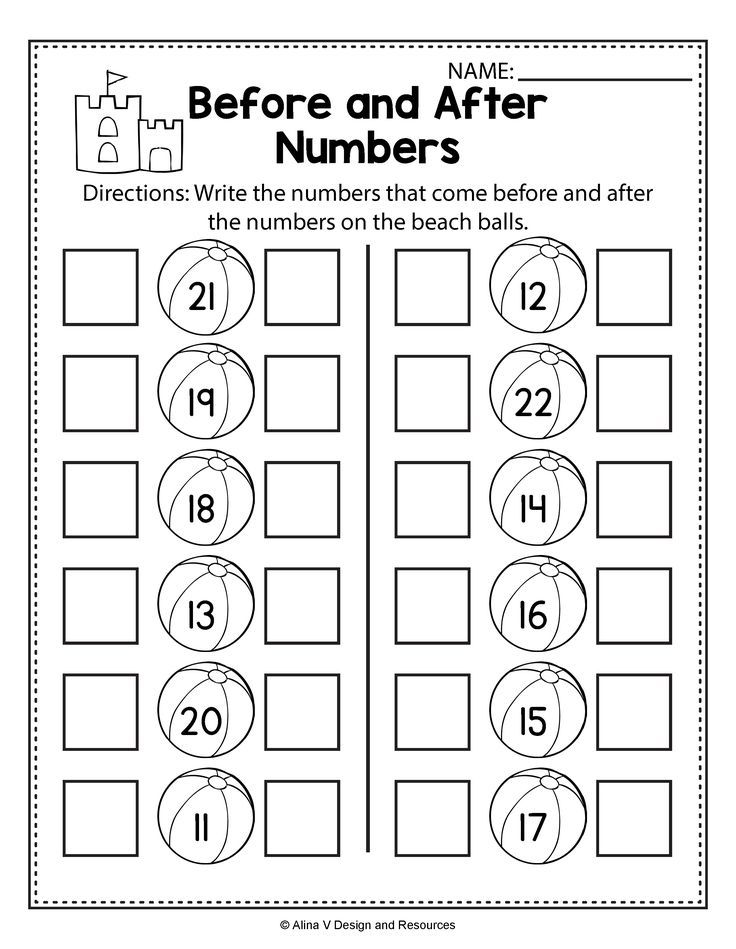
- At the end of the train, there are flags swinging in the air that carry the correct answer.
- Click on the correct answer.
Animal Summed Up !!: Addition word problems
In kindergarten, the child does not understand the meaning of the math symbol ‘ equal to’. A child adds numbers together using word problems.
- In this educational math game for kids, we define addition problem through words.
- A picture of two group of animals appears on the screen and the addition word problem is defined using Voice Over.
- The child can add using any of the math aid.
- The answer floats after a sometime in bubbles across the screen.
- Click the bubble carrying the correct answer. On doing so the bubble will blast and next set of math problem will appear on the screen.
Tens and Ones
To help count and add big numbers, one can group the numbers in tens and ones.
This way a kindergarten child will learn that 0-20 numbers can be broken into parts.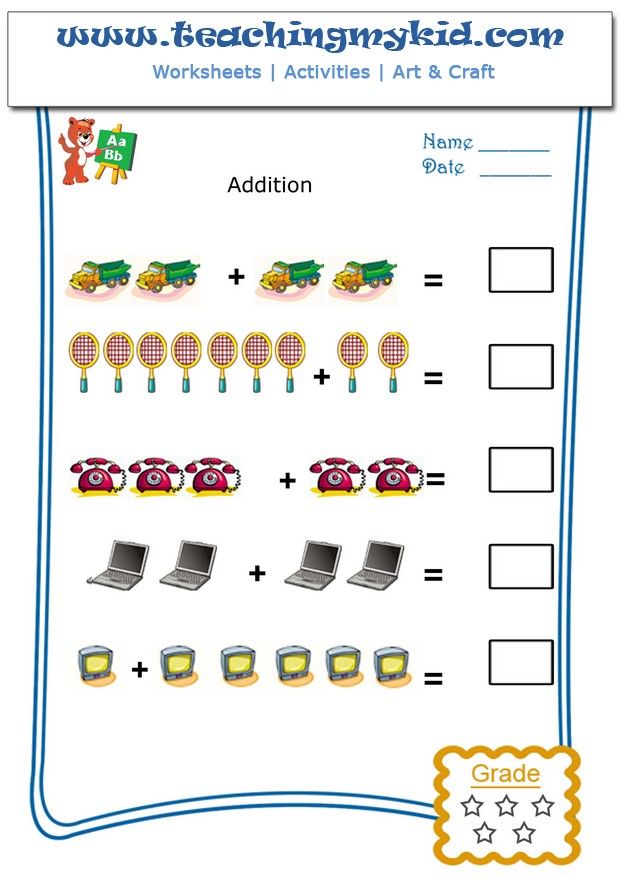
For example ( defining addition problem),
Maggie goes to buy two trays of eggs with her mother. She wants to know how many eggs need to be added to a single tray to make 14 eggs.
Thus in this addition problem, the addend is missing.
Maggie has already developed math skill of counting numbers. She knows that there are 10 eggs in one tray.
Perform the simple math activity to find out more about addition beyond number 10.
The Christmas Mitten: Simple addition Math interactive Game
In this interactive game for kids, the child will recognize the addition with different symbols and patterns. Whole math worksheet/ activity appears on the screen with different symbols aligned at the bottom. After adding the numbers, the similar symbols of that many numbers are placed onto the third mitten.
SplashLearn for Kindergarten
The major goals of these fun games for kids are to stimulate child’s mathematics task motivation, build up self-concept by involving them in solving simple everyday math problems that apply to real life.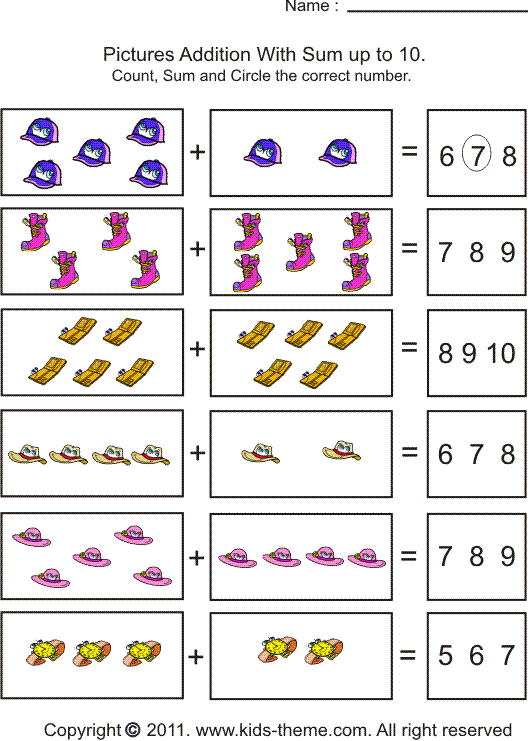 This also facilitates their growth from one level to another level of education. online math problem solvers and learning games are a great way to develop a foundation for math skills playfully and are in alignment with the core curriculum.
This also facilitates their growth from one level to another level of education. online math problem solvers and learning games are a great way to develop a foundation for math skills playfully and are in alignment with the core curriculum.
Addition/Subtraction Games for Kindergarten - Simply Kinder
Home » Addition/Subtraction Games for Kindergarten
Learning addition and subtraction is a key skill in kindergarten, so let’s make it fun and hands-on. Keep students engaged so they love learning about math! We have compiled a list of fun addition/subtraction games for kindergarten that you can play in centers or with small groups! Students will love playing the games and you will love that they’re practicing important skills at the same time! Keep reading and grab a free printable below!
Looking for a way to keep students engaged while having fun during math centers? We have you covered with a list of the best addition/subtraction games for them to play. And grab a free printable at the bottom to help with a “Roll & Cover” dice game perfect for practicing addition!
Want to never enter your email again for Simply Kinder freebies? Join Simply Kinder + now and unlock thousands of best-selling resources and all freebies as an instant download! Whoa, it’s seriously that easy.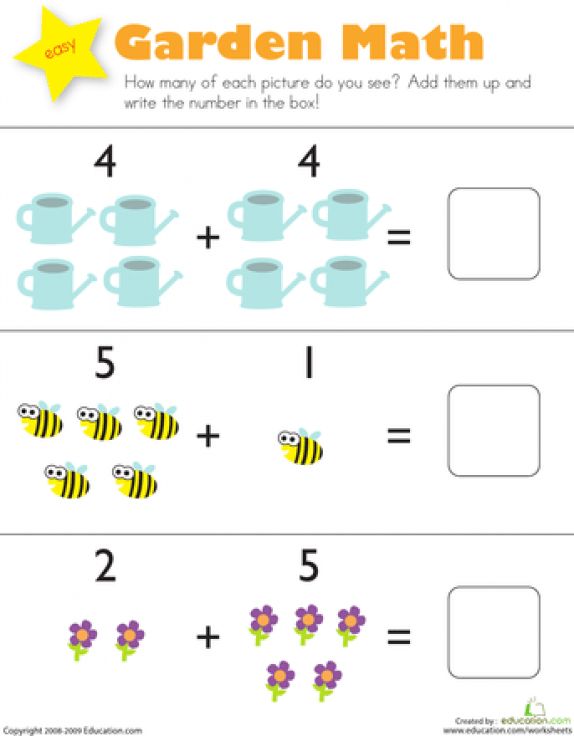 Join here now!
Join here now!
Already a plus member? Yes! Grab this download instantly here!
This article goes well with these Simply Kinder resources:
This article contains Amazon affiliate links. These links cost you nothing to click and earn Simply Kinder a small commission and we only share things we love.
Addition/Subtraction Games
Dominoes: This isn’t necessarily a game, but students LOVE playing with dominoes so it’s easy to create a game using them. Students will work in pairs for this one. Mix up the dominoes and have two students grab one domino each. They can put them end to end, count the dots, and create their own addition or subtraction problem, depending on the skill you are working on. Have the students write the problem on a paper, I.e. 3+2=, and then have them work out the answer. Using manipulatives takes the monotony out of just writing math problems on a worksheet.
Pop-Its: Another fun manipulative for students to use is a pop-it! Have addition or subtraction problems written on note cards/index cards and students can use the bubbles to work out the answer.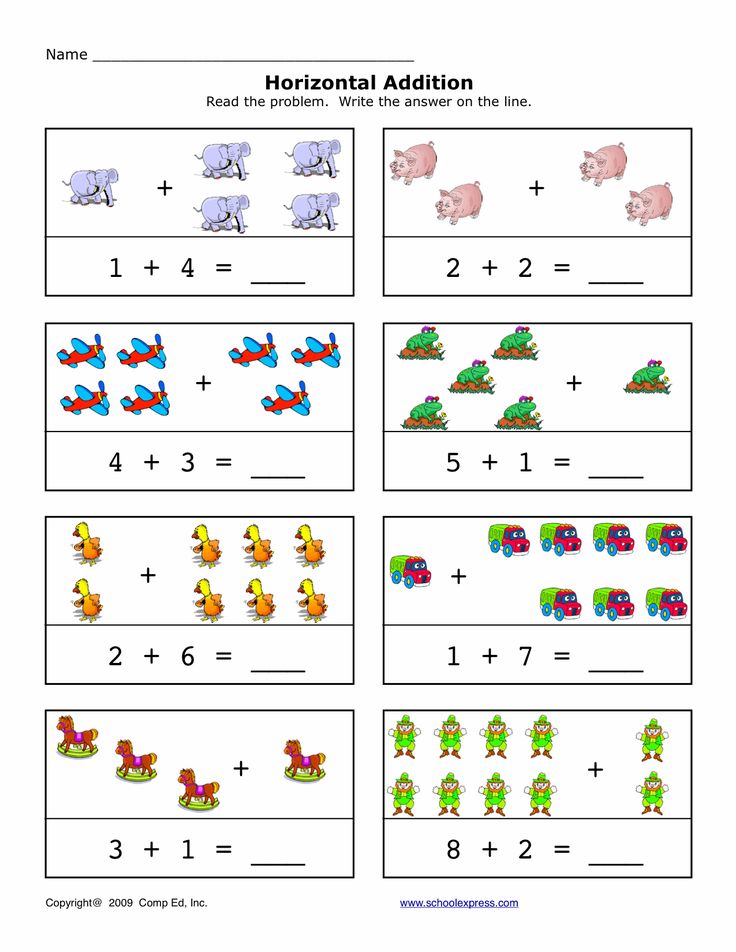 For example, if it says “5+6=”, have one student push down 5 bubbles, the other student push down 6, and then they discover the answer. To practice subtraction, have one student press down all the bubbles, and the other “un-pop” the amount to be subtracted and see what is left. For even more activities to do with pop-its, check out our bundle here!
For example, if it says “5+6=”, have one student push down 5 bubbles, the other student push down 6, and then they discover the answer. To practice subtraction, have one student press down all the bubbles, and the other “un-pop” the amount to be subtracted and see what is left. For even more activities to do with pop-its, check out our bundle here!
More Games:
Addition/Subtraction War: This is a fun twist to the card game “war”. A pair of students will flip two cards over and add them together. The student with the highest card keeps both. For subtraction, flip two cards and subtract. The student with the lowest number keeps the cards. Whoever collects the most cards by the end of the center time wins!
Subtraction Bowling: This is a fun game that uses a bowling word problem. You can choose to use either plastic cups or actual bowling pins! On a card will be a word problem that says, “I had 10 pins. I knocked down ___. Now I have ___.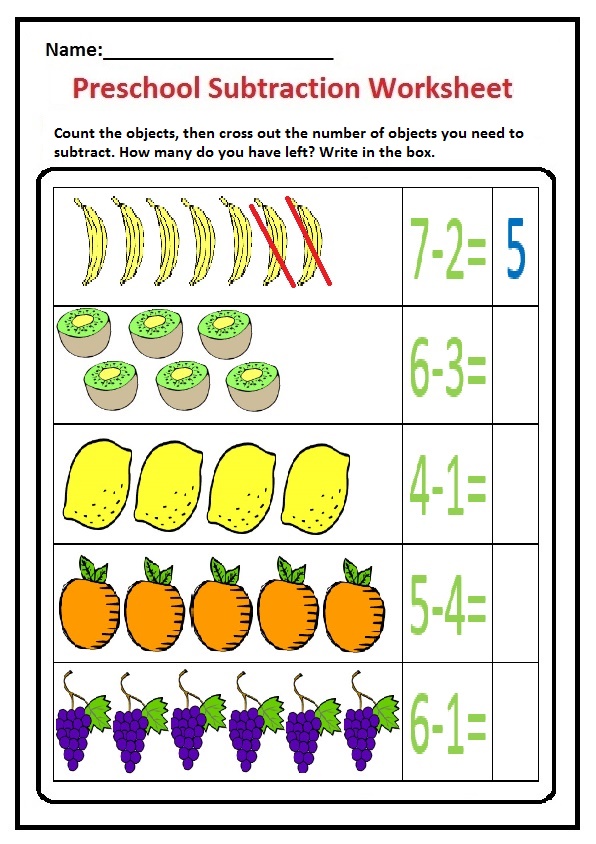 ” The student will roll the ball to knock the pins over and then answer the question. To add another element, the paper can have pictures of 10 pins at the top that students can cross out as they knock the, down. Put this inside a plastic sheet protector to use whiteboard markers and tissues to erase. Here is a plastic bowling game on Amazon if you want to use real pins instead of cups!
” The student will roll the ball to knock the pins over and then answer the question. To add another element, the paper can have pictures of 10 pins at the top that students can cross out as they knock the, down. Put this inside a plastic sheet protector to use whiteboard markers and tissues to erase. Here is a plastic bowling game on Amazon if you want to use real pins instead of cups!
More Fun Math Games
Subtraction Smash: This is a class favorite! Students will read a subtraction card and then use playdough to make balls. If the problem is “5-2=” they will form 5 balls out of the dough, and then smash 2 balls with their fists to represent the subtraction! Count how many balls are left to find the answer.
Ducks in a Pond: Place some small rubber ducks in a container of water. You can start with 10, then have students hide their eyes while you remove a number of ducks. When they open their eyes, they need to count how many are left to figure out how many were subtracted.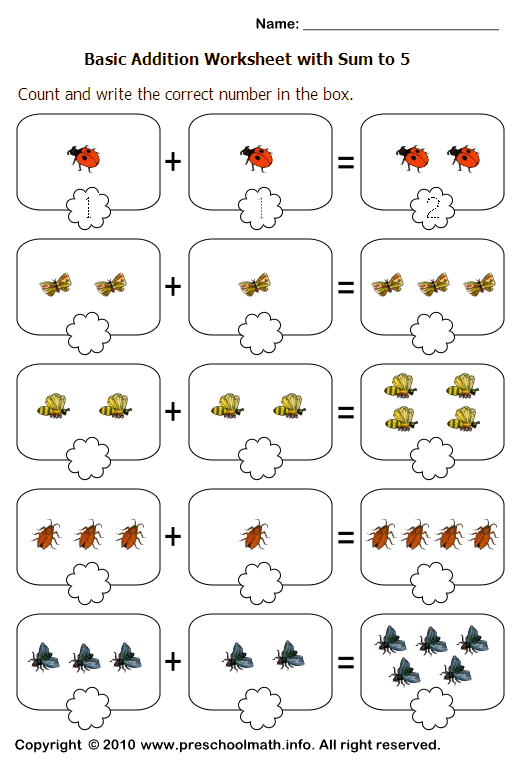 Have them write it down on a worksheet, or do it on a whiteboard with markers! Here is a set of 12 small ducks from Amazon:
Have them write it down on a worksheet, or do it on a whiteboard with markers! Here is a set of 12 small ducks from Amazon:
Dice Roll: Play this game in multiple ways to meet the needs of your students! Individual: each student has two dice, rolls them, and adds them up. Pairs: Each student rolls one dice and finds the sum. They write their answers on dry erase boards or a worksheet. Group: You can also group your students in 3s or 4s and give each student one dice to roll and pick out greater/ less than or the same number. Lots of differentiation here! (Check out our freebie to use as a game with this below!)
Using Songs:
Something simple you can do to practice subtraction with engagement is to have students sing along and draw pictures of different songs. Some examples are “Five Little Speckled Frogs”, “No More Monkeys Jumping on the Bed!”, and “Five Little Ducks.” Pause the song throughout and ask, “There were 4 speckled frogs, and one jumped into the pool.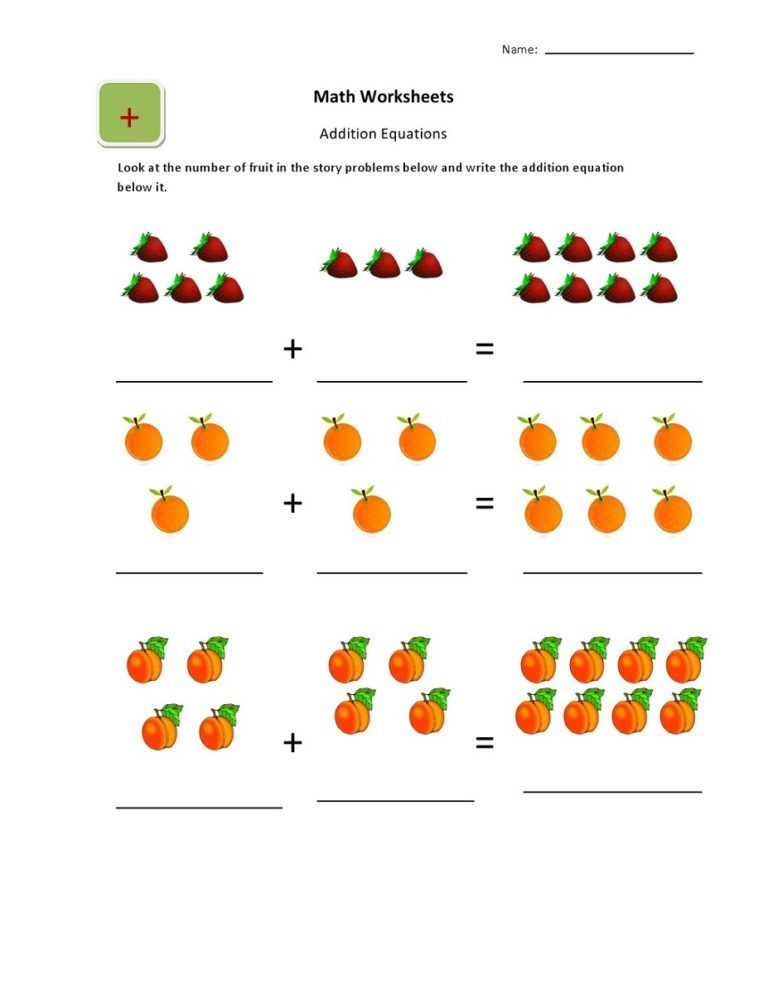 How many will be left?” Here is a cute Youtube video of the song:
How many will be left?” Here is a cute Youtube video of the song:
Roll and Cover Freebie
Roll and Cover Game: This can be played independently or in a pair! Students will roll the dice and add up the dots. On their recording sheet (get the freebie below!) they cover up the correct number when they get that sum. Use manipulatives such as mini erasers, colored counting chips, cubes, or any small item to cover each one up. You can use the colored copy to laminate and use it for many years to come. Or use the black and white version to have students color in each number when they get it. There are also pages with dotted lines for students to practice writing the numbers as well! Once all the numbers are “covered up”, the student wins the game! Another differentiated idea: use dice with dots, or numbered dice, depending on the skill level of the students.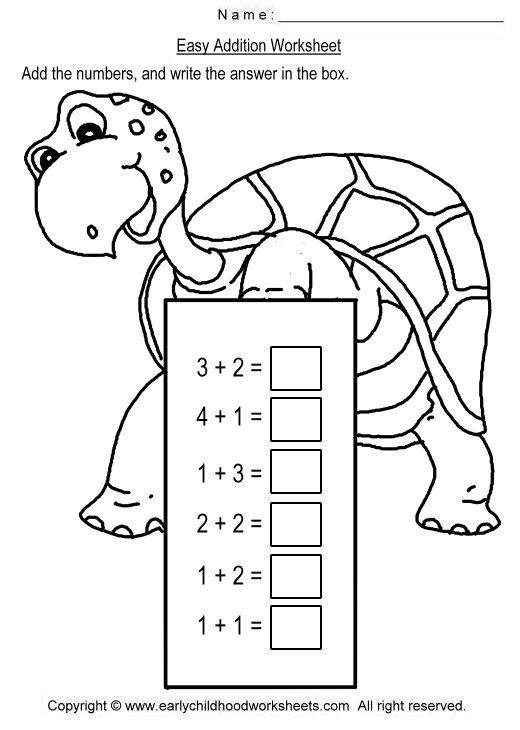 This is such a fun game to get students excited about learning addition!
This is such a fun game to get students excited about learning addition!
Make sure to grab this free printable by entering your information below. You’ll unlock the freebie (even if you’re already a subscriber). Our freebie fairy will fly that over to your inbox immediately!
Better yet, grab this inside Simply Kinder + instantly (yes, no more entering in your email and waiting for it to arrive!) Get Fill the Bookcase printable here!
Please share how you’re using this freebie in the Simply Kinder Teachers Facebook Group or tag #Simplykinder on Instagram!
This post was written by Johanna, an experienced early elementary teacher who loves learning about new teaching ideas for preschool, kindergarten, and first grade!
At Simply Kinder we work together to bring you ready-to-use resources to partner with great teaching for any curriculum, a Facebook community where teachers talk all things Kindergarten, and low-prep learning ideas that your students will love.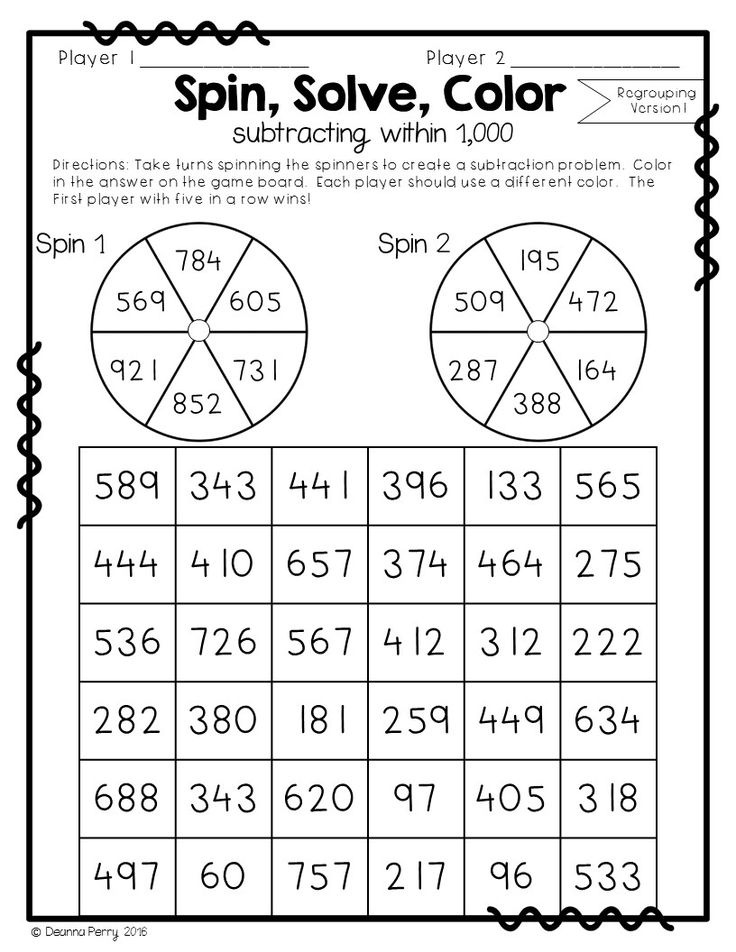 Be sure to stay up to date with all things kindergarten on Instagram, Facebook, Pinterest, and through email. Simply Kinder: where teaching Kinder is definitely better together!
Be sure to stay up to date with all things kindergarten on Instagram, Facebook, Pinterest, and through email. Simply Kinder: where teaching Kinder is definitely better together!
What are the games in kindergarten
What are the games in kindergarten
What are they playing in kindergarten? This question is of interest to many parents: it is the game that develops the child, makes him stronger, faster, smarter and more attentive.
In an outdoor game, muscles and immunity are strengthened, coordination develops, in an intellectual game, memory improves, attention expands vocabulary and knowledge about the world around, thinking develops.
Games for children in kindergarten are organized by educators, taking into account the age and training of their pupils. It can be indoor or outdoor activities.
What kinds of games are there?
Different types of games for children are practiced in the kindergarten: creative, didactic, mobile, folk.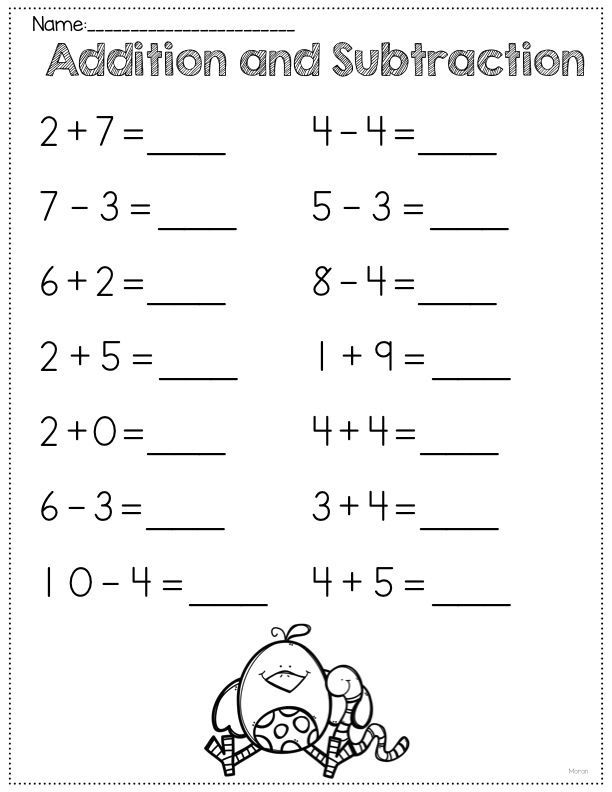 Some of them are individual, others are group, some are held at the initiative of the educator, others are played by the kids themselves:
Some of them are individual, others are group, some are held at the initiative of the educator, others are played by the kids themselves:
- , draw and build. Any activity can be creative: from gatherings with dolls to sculpting houses in the sandbox;
- in the didactic game for preschoolers, intellectual abilities develop: children learn to pronounce sounds and recognize letters, get the very first counting skills, recognize the names of objects and gain other knowledge;
- outdoor game for children in a group is an ideal way to improve their health and support immunity, develop coordination, strength and agility. Kids love this variety the most;
- It is difficult to distinguish a folk game for kindergarten children from a mobile game, but, in addition to physical activity, it also gives an incentive to develop intelligence.
All types of games in the group are supervised by the teacher. He cares about the safety of the children and sets the rules if required.
What kind of group games are there in kindergarten?
There are a lot of options, and the choice depends solely on the educator: it is he who sets the rules. Here we will tell you what games are played in the younger (3-4 years old), middle (4-5 years old), older (6-7 years old) groups of kindergarten. Not all are listed: you can find descriptions of other activities on the Internet.
For 3-4 years old
"Silence"
Participants disperse around the room in a chaotic manner. As soon as the teacher says a certain phrase, the participants lie down and pretend to be asleep. Those who don't sleep well enough lose. Instead of a teacher, there may be a child. Then the loser becomes the leader.
Don't be late
Blocks or other toys are placed on the floor. Each participant takes a place at his cube. The host gives a signal and the participants scatter. As soon as he says: "Don't be late!" - they return.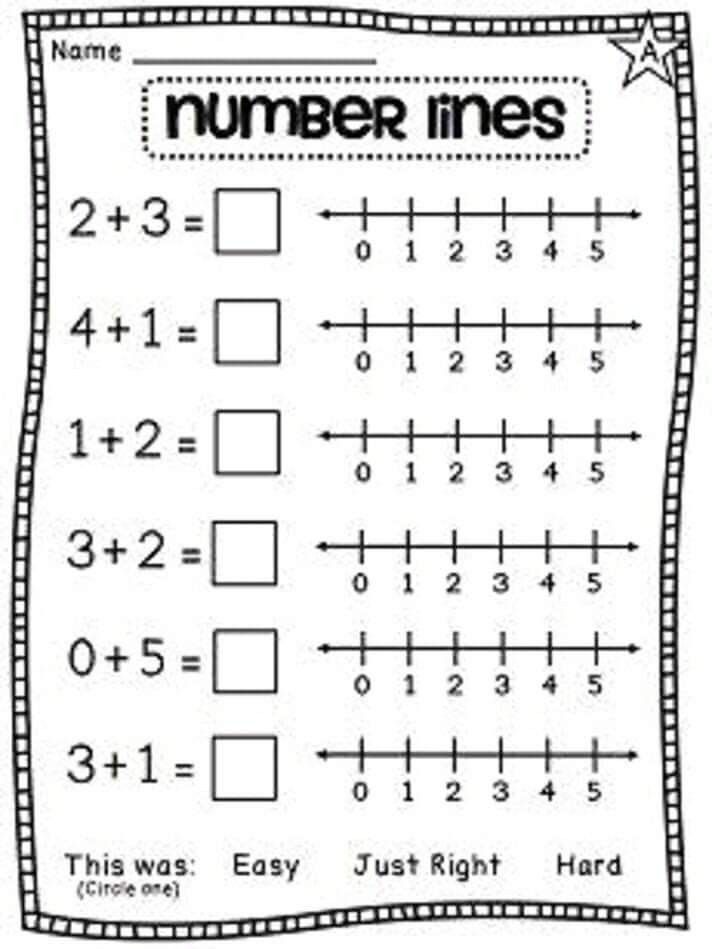 The one who took his place last loses.
The one who took his place last loses.
Cucumber
Participants disperse around the site. At one end of it is the leader ("trap"), at the other - those whom he will catch. Participants approach the "trap" skipping while he pronounces the sentence. As soon as it ends, the children scatter, and the leader catches them.
For 4-5 years old
"Cats and mice"
They play in the kindergarten. Benches or chairs are placed against the walls. In one corner is a "cat" - the leader. As soon as the "cat" falls asleep, the "mice" scatter. Waking up, the "cat" begins to meow and catch "mice". They must run to their places and hide. If the "cat" has not caught anyone, it returns to its place.
“Wider step”
On the playground of the kindergarten, hoops are laid out - in two or three rows, five in each. Children begin to step over their hoop to hoop.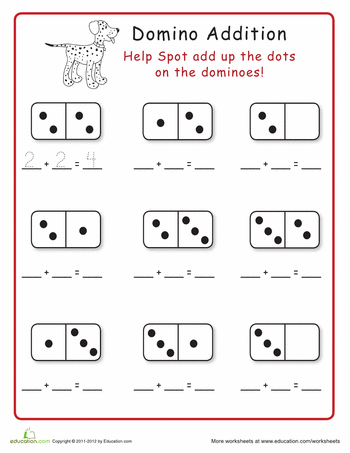 Their task is not to touch the hoops, not to go beyond them. At the end they jump up and down and clap their hands.
Their task is not to touch the hoops, not to go beyond them. At the end they jump up and down and clap their hands.
Camera
Camera can be played in a group or with one or two participants. Participants are shown a picture for 5-6 seconds, then removed. The task of the participants is to accurately describe what is shown in the picture.
White-sided Magpie
This is one of the group activities that can easily be transformed into an individual one. Several items are laid out on the table. The task of the child is to remember what items were lying. After 5-10 seconds, he turns away, and the host replaces one or two items. Turning to the table, the participant must say what exactly was missing.
"Associations"
The teacher shows some pictures. Participants must find something in common between them. These can be both logical associations (for example, pictures of a giraffe, elephant, dog, cat or plates, forks, glasses, pots) and illogical ones (bed, washbasin, soap, plate, shoes).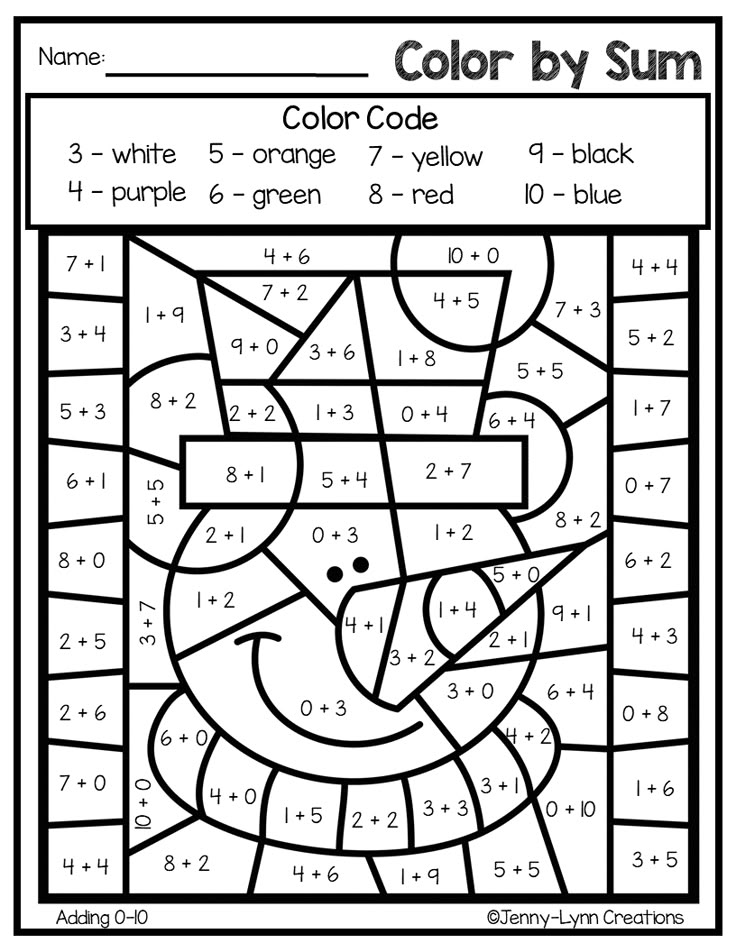 If these are illogical associations, the participants must come up with a mini-story and link the objects together.
If these are illogical associations, the participants must come up with a mini-story and link the objects together.
For 6-7 years old
Older groups in the kindergarten enjoy playing both outdoor and intellectual games. Often they are associated with preparation for school: they teach you to count, help you remember letters and learn to read.
At the age of 6-7 they leave the preschool age, and the teacher may well bring checkers, dominoes, "monopoly" and other board games. Relay races are also suitable, especially with the participation of parents.
Two or three groups of children participate in relay races. They perform tasks for speed: they run, carry sand, inflate balloons. The fastest team that did not break the rules wins.
Mirror game is suitable for everyone. The teacher or leader from among peers stands in the center. A prohibited movement is determined. The host starts moving, and the participants must repeat everything exactly, except for the taboo.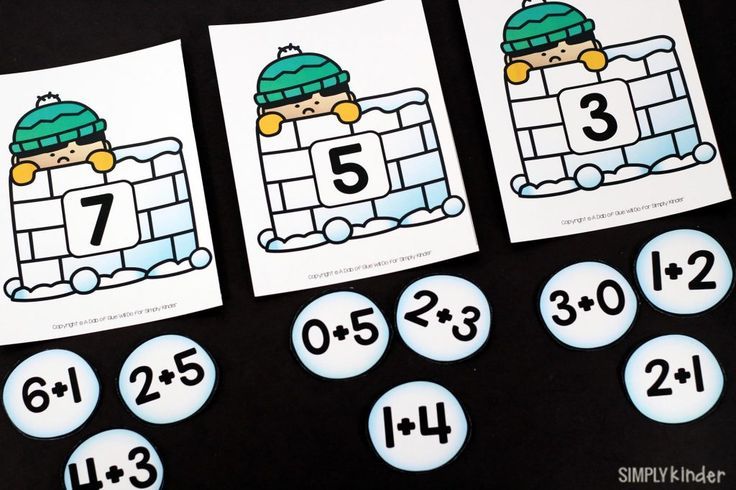 The one who failed or violated the taboo becomes the leader.
The one who failed or violated the taboo becomes the leader.
How are games chosen?
When choosing, they take into account the characteristics of the group in the kindergarten, age, level of development, even the weather. In the warm season, outdoor activities are optimal. In bad weather, it is better to make up for the lack of physical activity in the kindergarten building, and on the street - make riddles, learn songs, play "Camera" or "Mirror".
Play uniform is the best option for any activity. Toddlers are much more willing to go in for sports, creativity or study if it is presented to them as games. That is why entertainment is given maximum attention in kindergartens.
To the list of articles
Fun games in kindergarten - Kindergarten and child
This article contains fun games in kindergarten. The games were prepared by Natalya Prishchepenok, a methodologist at the Kirov Children's and Children's Educational Institution.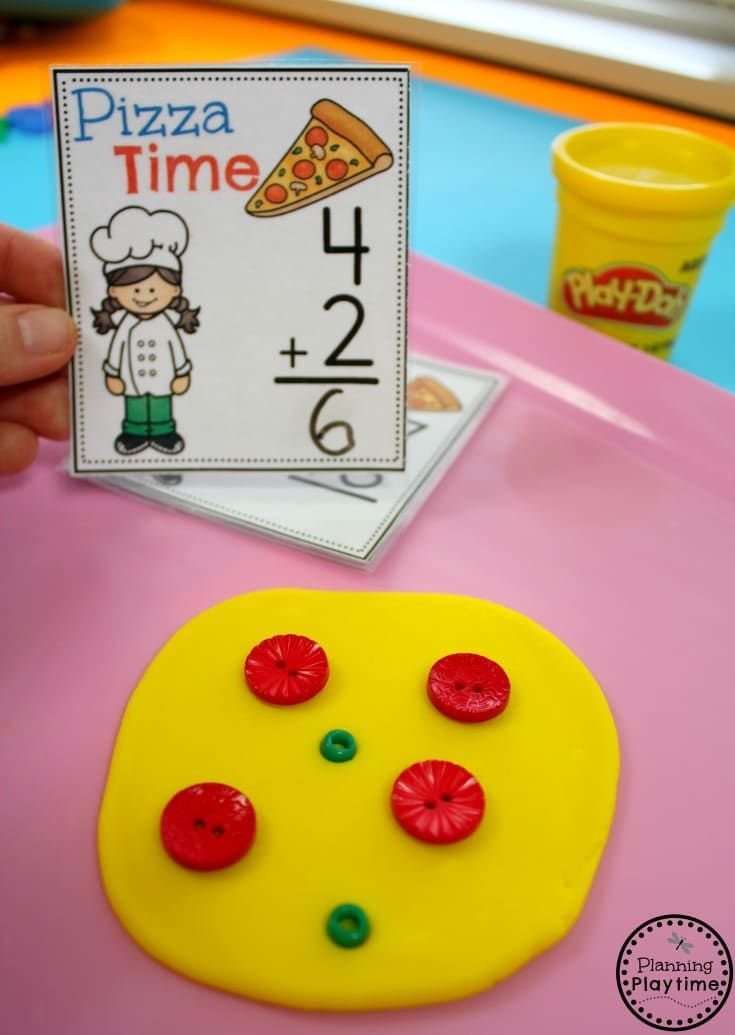 Illustration by Anna Lukyanova.
Illustration by Anna Lukyanova.
Kindergarten fun game "Guess the syllable"
This is an active fun game that can be played in the kindergarten on a walk or in the gym. The main thing is that the players have a flat surface under their feet.
Any fun game in kindergarten is not just for fun, it sets a number of developmental goals and objectives.
The goal of the fun game "Guess the syllable" is to train children's attention, the ability to listen and take actions only after they understand what is being said. Also during this fun game in kindergarten, children get acquainted with new words and concepts. Each time, giving the teams words, the teacher should ask the children if they know the meaning of a particular word, and if not, introduce the children to an unfamiliar concept.
A line is drawn on the floor or on the ground, along which the players stand. Up to twenty people can play, divided into two teams. You need to stand up as follows: the toe of one leg is at the line, the second leg is slightly behind.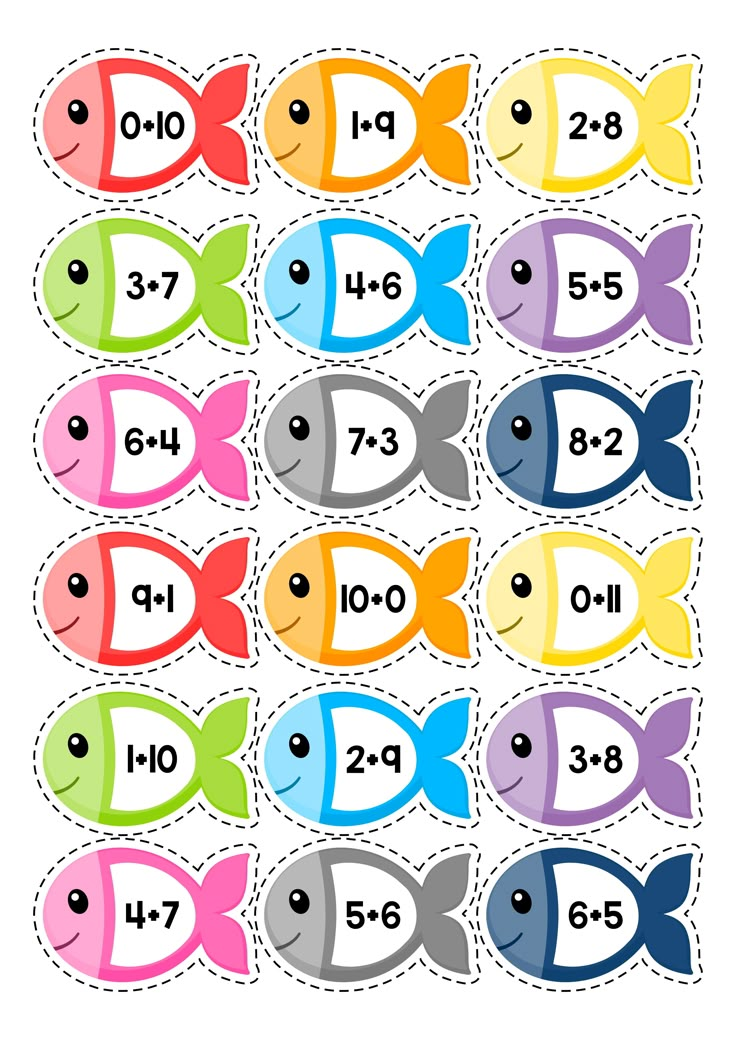
The task of the team members - having heard his word, which the leader will say, cross the line and hit someone from the other team. Then everything is repeated from the beginning.
Words can be different, meaning that each time both pairs of words begin with the same syllables. Each pair of words can be repeated five or six times. The host pronounces the word, deliberately stretching the first syllable to give the game intrigue and interest the children. Before each change of words, the leader agrees with the teams who will have which word.
Examples of word pairs: cow - crown, butterfly - grandmother, camel - helicopter, plane - scooter, cheburek - Cheburashka, transition - pass, dam - carpenter, change - break, desert - emptiness, ball - scarf, mittens -
Fun game for kindergarten "Dandelions"
Fun game "Dandelions" is held in kindergarten to develop children's coordination, develop attention.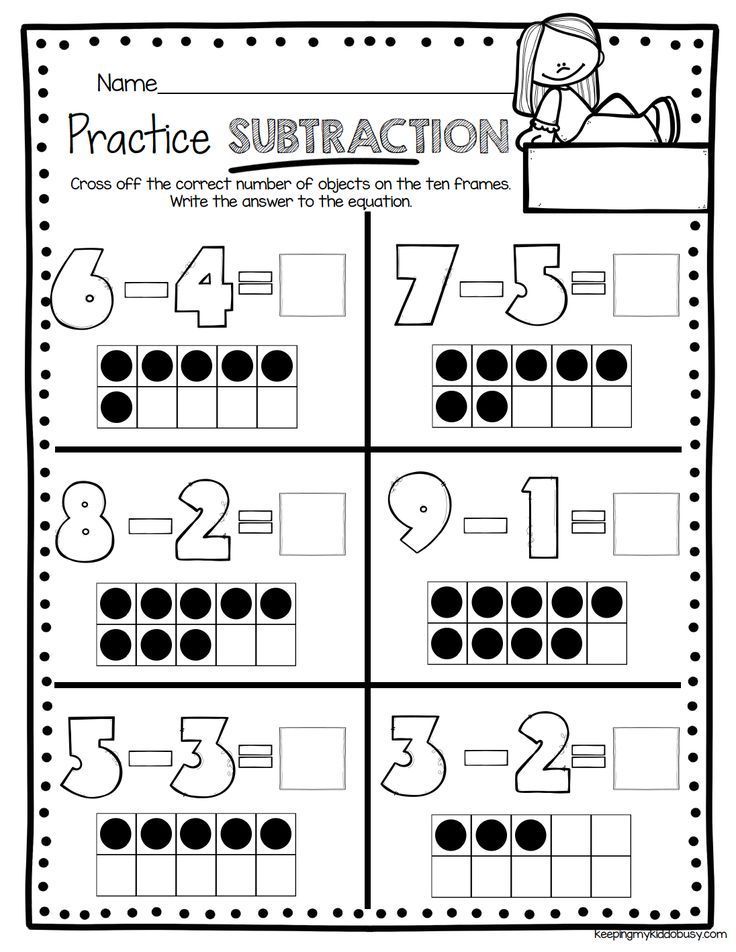
Up to twenty people can participate in the fun game "Dandelions". All children stand in a circle. The right palm is raised up, and the index finger of the left hand is placed on the neighbor's open palm.
The facilitator says that everyone is now a dandelion, and dandelions have this feature: when the sun is shining, their flowers are open, and if it starts to rain, all the flowers are closed. The left hand of all the players symbolizes the bee, which must be sure to quickly fly away from the flower when it closes so that it does not close in a dandelion.
If the leader says: “Sun”, all palms are open, and the “bee” fingers of each are on the palm of the player on the left. When the host says: “Rain”, everyone should close their palms and try to simultaneously catch the neighbor’s finger with their right palm, and quickly remove their finger from the neighbor’s palm on the left to prevent him from catching it.
This fun game always brings excitement. You can also play it for the winner: each time those who are caught leave the circle.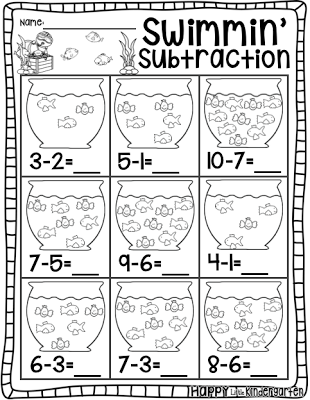
Fun game for kindergarten “What do you take with you?”
This fun game can be played standing or sitting in a circle. The leader tells each player where he is going. The player must say which item he will take. The subject must begin with the same letter as the place where the player is going. For example:
- You go to the cinema and take with you ...
— Envelope.
- You go to the theater and take with you ...
- Cake.
Anyone who cannot name a word starting with the corresponding letter is out of the game.
Second option. The players throw the ball to each other, saying where to go. The one to whom the ball was thrown catches it and says that he takes it with him. Then he throws the ball to the next player.
For example:
- You go to school and take with you ...
- Chocolate.
— You go to kindergarten and take with you…
- Bag.
This fun game for kindergarten always brings joy to the children.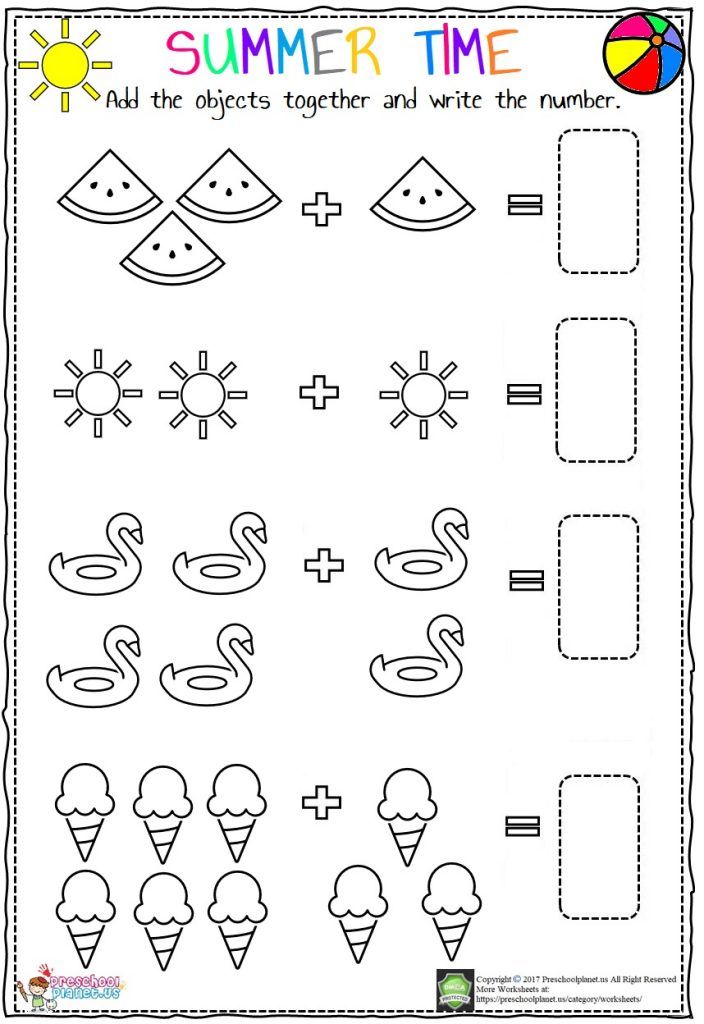
A variation of this fun game for kindergarten is the Knock-Knock-Knock Train Game.
Fun game for kindergarten "Tuk-tuk-tuk"
All players stand in a circle. The host goes in a circle with the words: “Tuk-tuk-tuk, the engine makes a cheerful sound!”. After that, the train stops in front of someone and the host announces: "Station ...", pronouncing the name of the city. The one in front of whom the train stopped says: “I take with me ...”, naming an object whose name begins with the same letter as the name of the station. He then joins the train, becoming a trailer, and they continue to walk in circles together. This continues until all participants in the game join the train..
Fun game for kindergarten “A walk in the zoo”
Children are divided into two teams. Each team has the task of pulling out a figurine of an animal from a box or bag and depicting it in such a way that the other team guesses what kind of animal it is. You can show animals individually.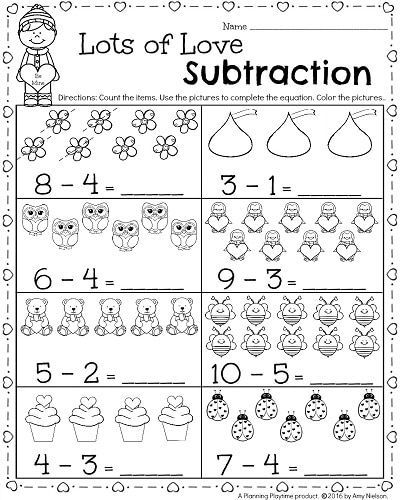 When showing, you need to depict the characteristic features of animals.
When showing, you need to depict the characteristic features of animals.
A variant of this fun game is the animal relay race. Teams pull animals out of the bag at the same time and, at the command of the host, move to the finish line in the same way as these animals move. Sounds cannot be produced.
Animal examples: frog, hare, cat, deer, horse, bear, snake, fox, tortoise, squirrel, chicken.
Variant of the game: one team, having taken an animal out of the bag, depicts how it moves, and the second team, having guessed this animal, voices it, imitating the voice of the animal. This game can also be paired and individual.
Fun game for kindergarten "Singing Zoo"
The game develops creativity.
Task — sing (grunt, croak, hum, etc.) a famous song in the voice of an animal.
The task can be executed individually or by commands. The animal, with the voice of which the children will sing, can be pulled out of the bag, as in previous games - in the form of a toy.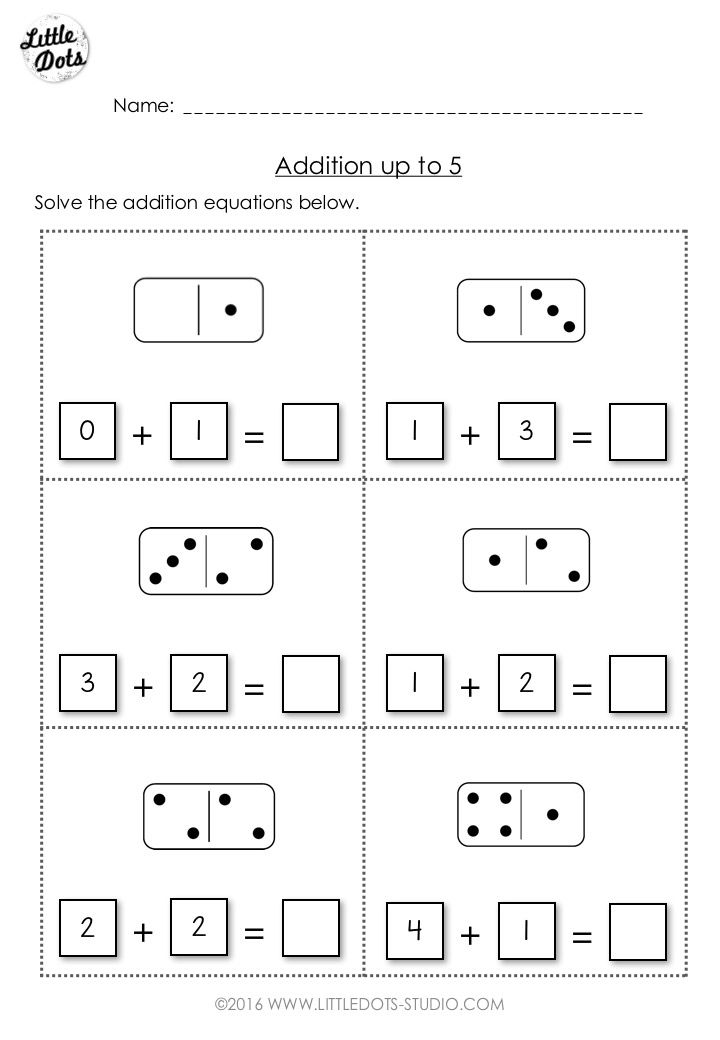
Fun game for kindergarten "Chorus from the Zoo"
The game develops attention, the ability to hear. Everyone is divided into groups of three. Everyone in the group thinks of some kind of animal (or the leader whispers the names of animals in everyone's ear). Then, at the signal of the host, all together in a trio loudly make sounds with which the hidden animal “talks”. Everyone else guesses which animals were guessed. And so each group in turn.
A more complex version - the sounds are made not by one group, but by several.
Fun game for kindergarten "Logic chain"
The game develops logical thinking, creative imagination, enriches vocabulary. In the game, children learn to build sentences, argue their point of view.
Both two teams and children divided into pairs can play.
Each team makes a chain of objects, and the other team explains how these objects are sequentially connected to each other. Then the teams change. The same process occurs in pairs.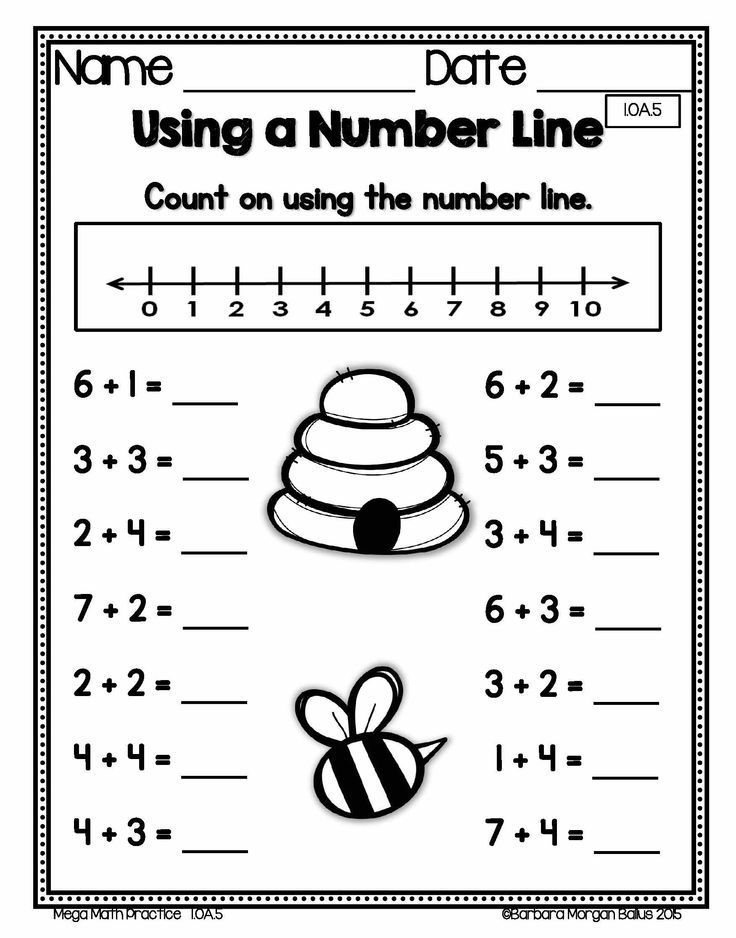 The explanation may be similar to a logically built story, or it may be based solely on the description and parameters of objects. For example, a toy dog is made of the same material as a toy apple - plastic. The car is the same color as the apple - red. The doll is also plastic, and her dress is red. The cube is square, like the body of the typewriter.
The explanation may be similar to a logically built story, or it may be based solely on the description and parameters of objects. For example, a toy dog is made of the same material as a toy apple - plastic. The car is the same color as the apple - red. The doll is also plastic, and her dress is red. The cube is square, like the body of the typewriter.
There may be a creative logical explanation. For example: on the table there are a toy dog, an apple, a car, a doll, a cube lined up in a row. The explanation can be, for example, this: the owner of the dog loves to eat apples and always takes them with him when he walks the dog. Apples are brought to the store by a car. And next to the store that sells apples, there is a toy store that sells dolls and blocks.
Do not limit children with any rules and algorithms for finding a logical connection between objects, let them think for themselves. This game will also be a little diagnostic - during it you can see how children think, who has more figurative thinking, and who has practical.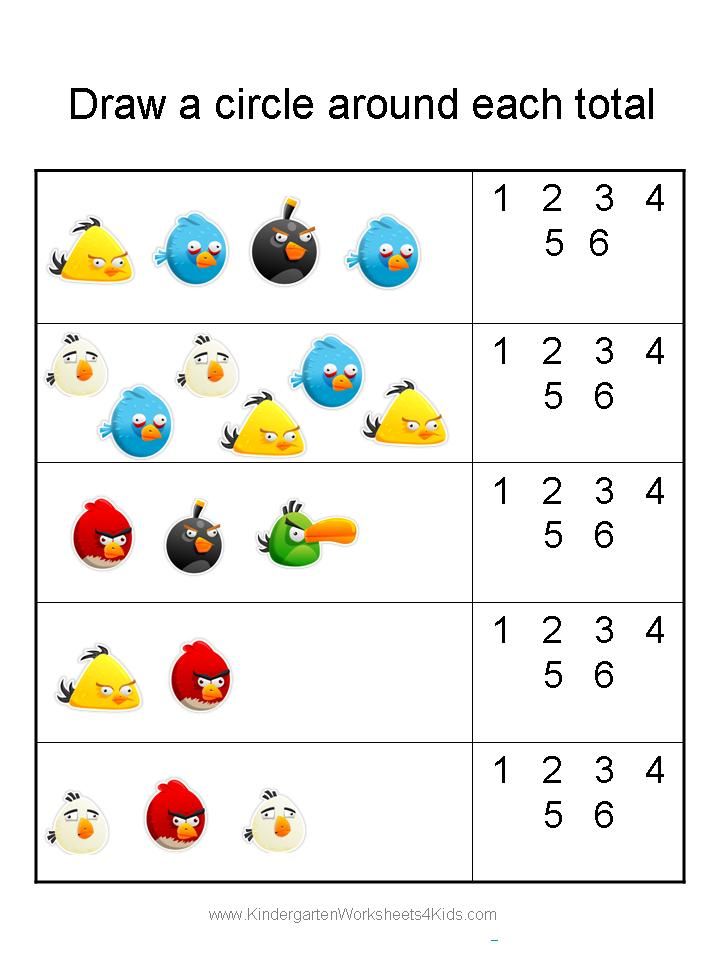
Fun game for kindergarten "Find the object"
The purpose of the game is to study or repeat letters, enrich vocabulary, develop the ability to act quickly on a task.
Can be played indoors and outdoors.
Task — within a certain time, find in the kindergarten for a group or in the area objects whose names begin with the letter that the presenter calls. Everyone must either bring an item or go up to it and show it to the host, naming this item.
Fun game for kindergarten “Guess the details”
Task — Guess the object by one of its details drawn in the picture or presented in the photo.
You can play both in teams and individually. The game develops observation, attention and imaginative thinking.
Sample items:
Bicycle (handle can be shown)
Skis (ski bindings)
Earflap hat (ears)
Watermelon (watermelon tail)
Cat (tail)
Car (headlight, wheel or steering wheel)
Moon (lunar craters)
House (roof, chimney, porch)
Elevator (buttons)
Tabletops (mouse)
Lock (keyhole)
Key (key beard)
Skates (skate blades)
Boots (laces)
Shoes (heels)
Boots (zipper).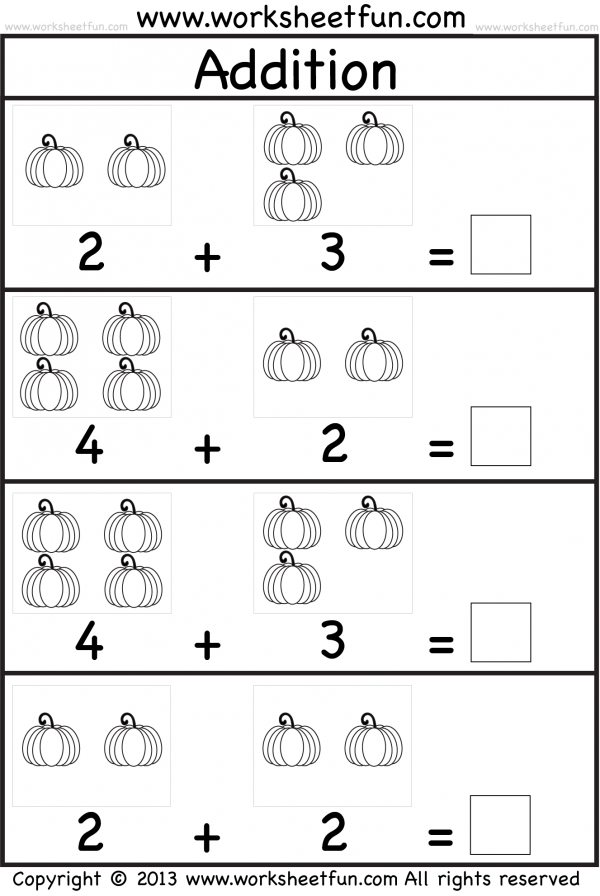
Fun game for kindergarten "Fly away - stay"
This game is also suitable for direct educational activities in the educational area "The World Around".
The task of children is to guess which birds are wintering and which are migratory, waving their hands like wings, when the leader calls the birds that fly away to warm countries for the winter, that is, migratory birds, and stay in place, do nothing doing, if the host calls the birds that stay with us for the winter, that is, not migratory. You can also show the children pictures of birds.
Examples of birds: sparrow, crow, swan, duck, black grouse, partridge, thrush, dove, parrot, rook, hen, oriole, penguin (since it does not fly at all, this can bring a cheerful animation to the game).
Fun game for kindergarten "Whose portrait?"
The game develops attention, observation, the ability to act in a team.
Task - each of the teams (there can be 3-5 people in the team) needs to find out the portrait of which literary hero is in front of them by one of the details shown to them. The team that correctly guesses more portraits in one minute wins. The task can be completed individually. You can draw portraits and their elements yourself or use real objects. As an option, you can simultaneously offer children these works so that they compare characters and books.
The team that correctly guesses more portraits in one minute wins. The task can be completed individually. You can draw portraits and their elements yourself or use real objects. As an option, you can simultaneously offer children these works so that they compare characters and books.
Examples of literary characters and elements of their portraits: Pinocchio - cap, nose; Malvina - blue hair with a bow; Karabas-Barabas - beard; Chicken Ryaba - a golden egg; Chippolino - green onion feathers; Cinderella - shoe, pumpkin; Puss in Boots - boots; Harry Potter - wand, glasses; Little Red Riding Hood - hat, basket.
Fun game for kindergarten "News"
The presenter plays the role of the presenter of a TV news program. All children stand in a circle. The presenter says: “Dear viewers! Look at the news from the city (names the city). In this city today, everyone ... (names some action). All other players perform this action. For example, dancing, jumping and so on.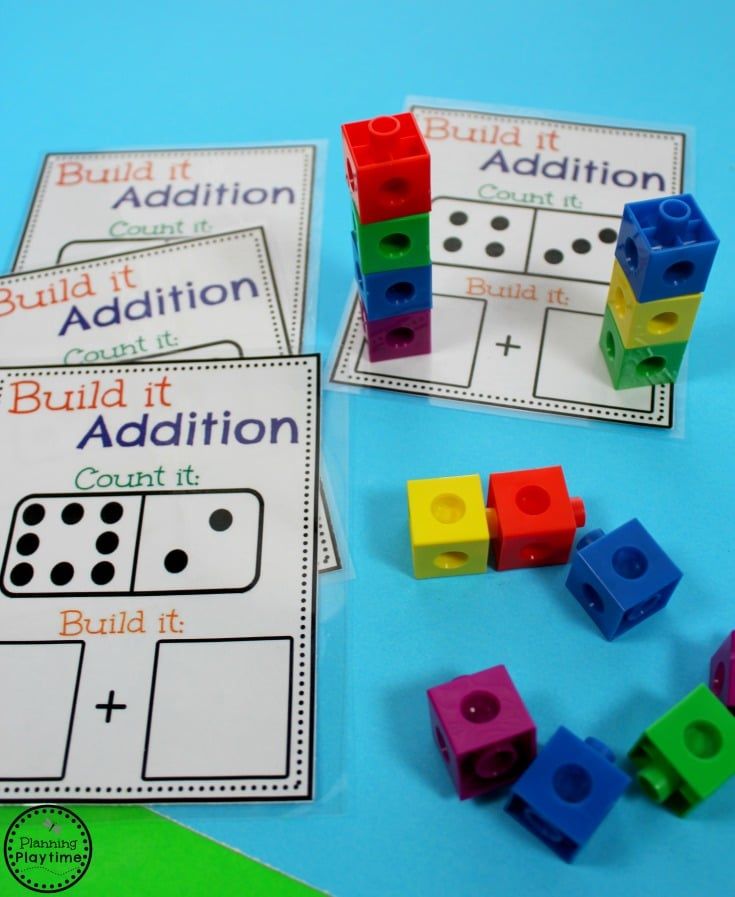 The leader evaluates the quality of the task and chooses the one who liked him more than the others. This person becomes the new leader. It is desirable that as many players as possible be the hosts.
The leader evaluates the quality of the task and chooses the one who liked him more than the others. This person becomes the new leader. It is desirable that as many players as possible be the hosts.
More complicated: the action can match the name of the city from which the news is “displayed”.
Fun game for kindergarten "Pieces"
The game develops attention, the ability to divide words into syllables and compose words from syllables, vocabulary replenishment.
Task - two or more teams of children (there can be from three to five people in a team) are given a set of words cut into syllables. The task of the teams is to add as many words as possible from the proposed sets of syllables - “pieces of words” in five minutes. You can also play individually.
Cheerful game for kindergarten "A cheerful start"
The game develops thinking, memory; With the help of this game, children replenish their active vocabulary. You can play in teams and individually.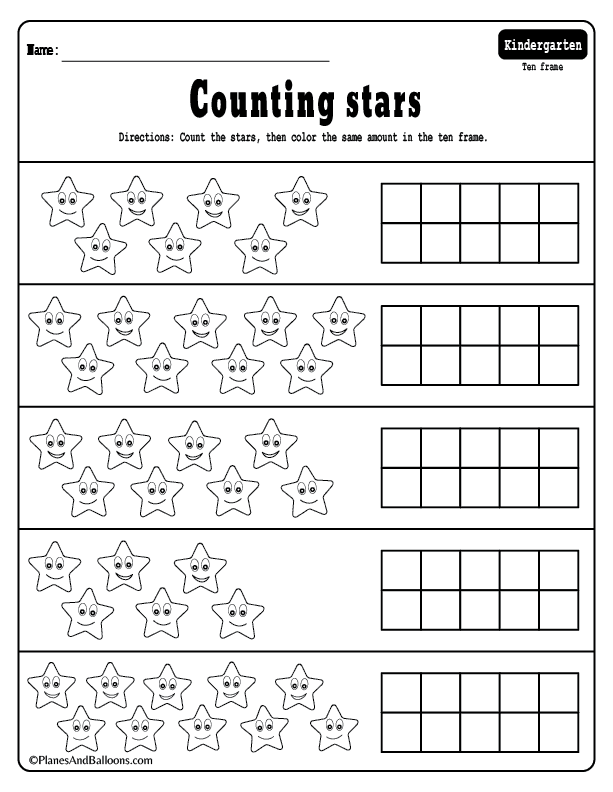
Task - take out a card with a sound "image" of laughter from the "Funny bag": "Ha-ha", "Hee-hee", "Ho-ho", "He-he" and, having laughed appropriately, say as many words as possible that start with that syllable. The winner is the participant who, in one minute, remembers more words that begin with the corresponding syllable.
Fun game for kindergarten "Who can count faster"
This fun game develops attention, thinking, mathematical skills, reaction speed, the ability to count to ten.
Teams of 10 people participate. Each person is assigned a number that can be written on a card and attached to the player. Players stand one after another in a column so that the numbers go in order.
The host calls the numbers of the players, they run to the line with the flags, run around the flags and come back. The team in which the player runs faster than the players of the other teams wins.
An advanced version for children who can count to ten.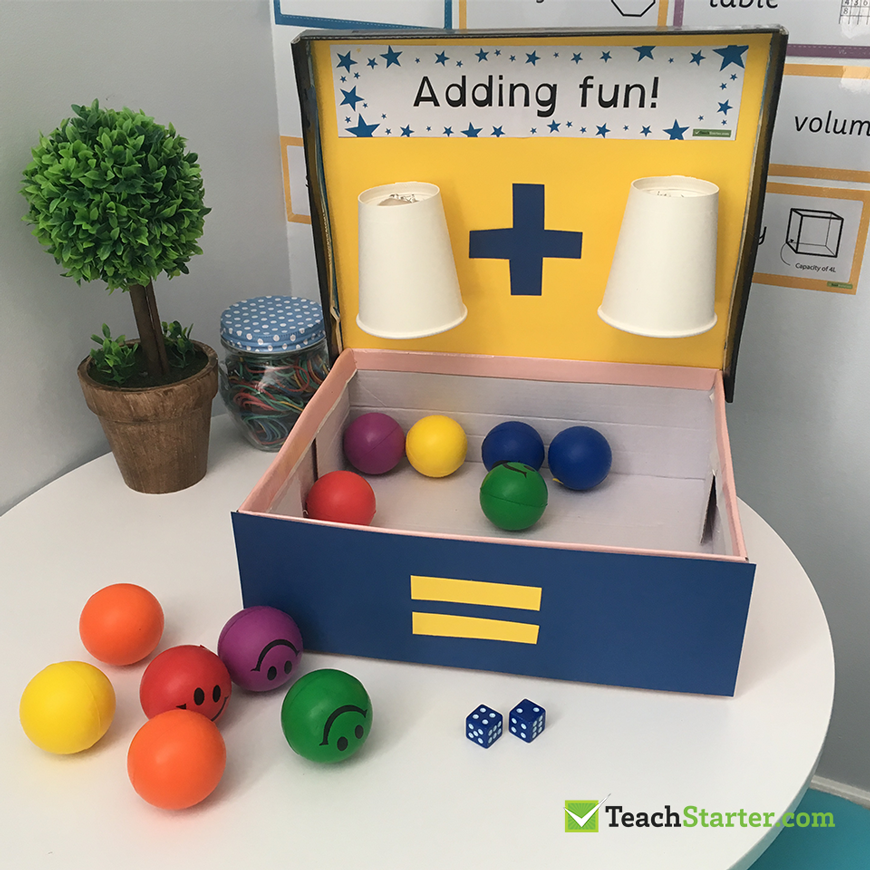
The leader first sets an arithmetic example within ten. Children solve it, get an answer. The person whose number matches the answer of the example is running.
Option for children who can count within a hundred.
The host calls two-digit numbers, the players run in twos, those whose numbers are included in the named number. Also, the presenter can set examples, where the answer is two-digit numbers.
Fun game for kindergarten “Drive”
All children sit on chairs and pretend to drive a car, saying all the words in chorus: “We are driving, we are driving a car, how fast the tires are rushing! Suddenly we saw a sign! Explain what to do? How?".
After these words, the facilitator shows the children some kind of road sign, one of those that are studied in the classroom on the rules of the road in kindergarten. Children explain who and what should do, if there is this sign.
In this game, it is very convenient to use the educational games "Road Signs", "Laws of Streets and Roads", "ABC of Safety" and demonstration materials "Observe traffic rules", "Signs on the roads".
Two teams can participate in this game: one is “drivers” and the other is “pedestrians”. It's great if the kindergarten has a specially equipped area for learning the rules of the road, then the game can take place there.
Fun game for kindergarten "Getting Together"
The game develops attention, the ability to hear others, to act in a team.
Everyone stands in a circle, the host passes behind the circle and in each ear, so that others do not hear, calls some literary or cartoon character. There should be so many options for heroes that they make up several groups of three to five people.
Then the facilitator explains that all the same characters should get together in a group, but without naming themselves, but saying some phrases that they say in a literary work. Alternatively, you can say these phrases in the ear of the players, but this will slow down the pace of the game.
For example:
The wolf from the cartoon "Just you wait!" - the phrase "Well, hare, wait a minute!".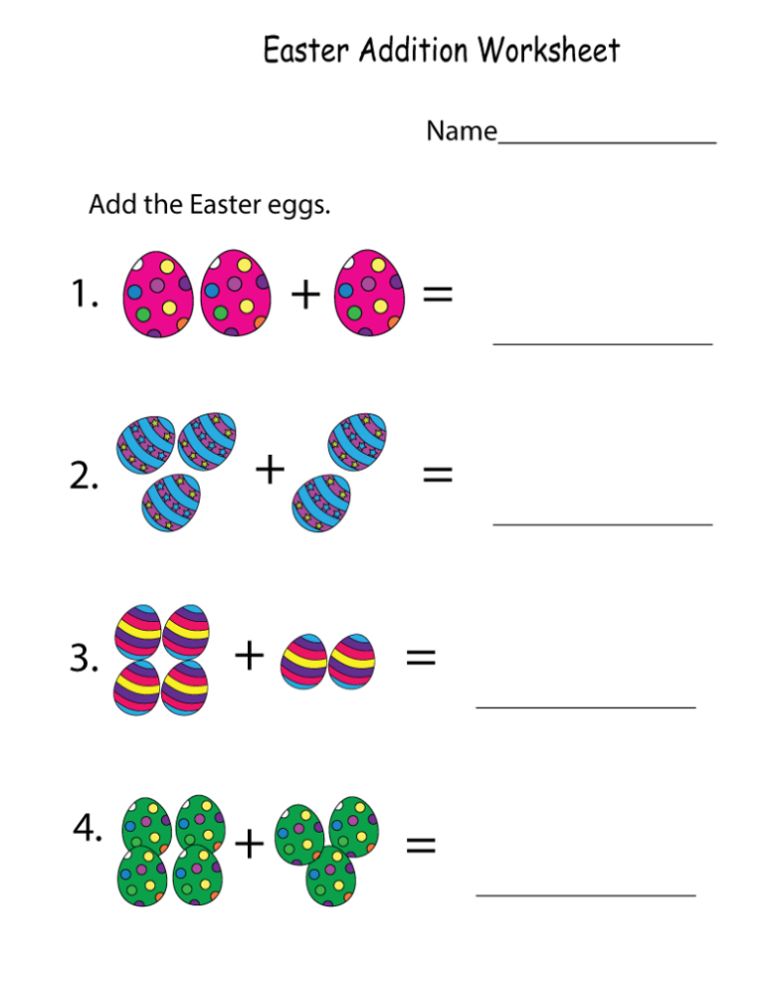
Cat Matroskin from the work "Uncle Fyodor, the Dog and the Cat" - the phrases "Moustache, paws and tail - these are my documents!", "And I can even use a typewriter ... And embroider with a cross."
Little jackdaw from the same place - the phrase "Who's there?".
Leopold the cat - the phrase "Let's live together!".
Fox Alice from the fairy tale "The Golden Key or the Adventures of Pinocchio" - the phrase "Poor Pinocchio!".
Winnie the Pooh from the fairy tale "Winnie the Pooh and all-all-all" - the phrases "Who visits in the morning, he acts wisely!", "These are the wrong bees!", "Both of them, and you can without bread."
Piglet from the same work - the phrase "It seems it's going to rain!".
Eeyore donkey - the phrase "And it goes in and out, it comes out great!".
Each character's phrases may be different.
The task of the players is to understand that these phrases also belong to their hero and unite into a group.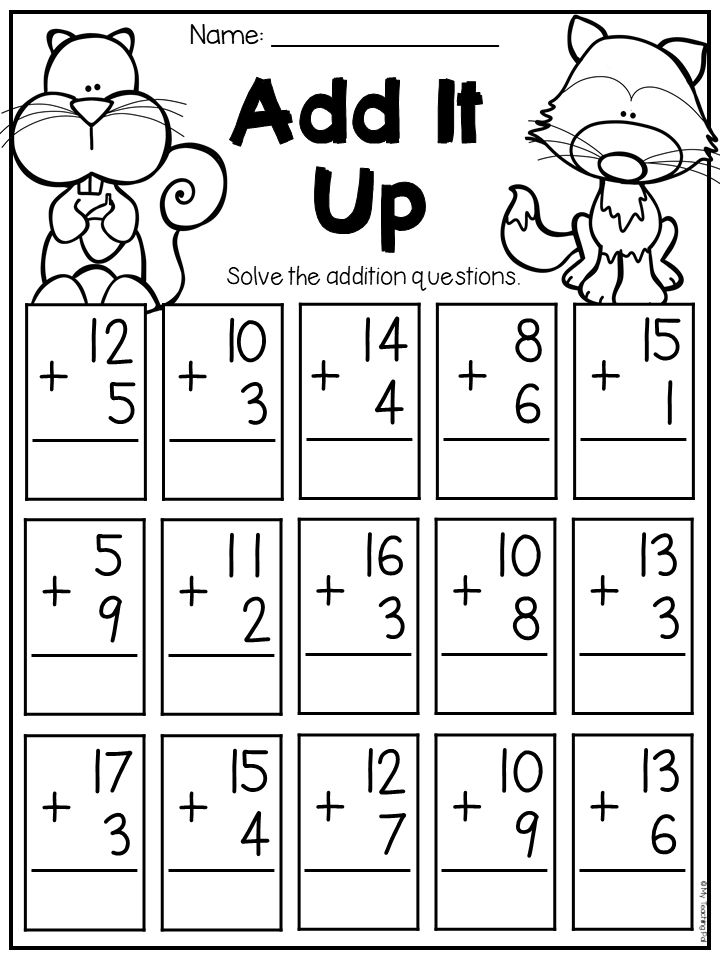 When all the same heroes unite, they must say one of their phrases in unison.
When all the same heroes unite, they must say one of their phrases in unison.
Fun game for kindergarten "Let's go, let's go"
The game develops attention, speed of reaction, coordination of movements.
All children sit or stand in a circle, clapping their knees, saying: “Let's go, let's go…”, against this background, the leader periodically names some part of the body. Everyone should take her hand. For example: “Let's go, let's go ... Nose! Let's go, let's go ... Heel! Let's go, let's go ... Ear! Let's go, let's go ... Neighbor's ear!
The facilitator deliberately confuses the children by taking on things other than what he names.
The task of children is not to get confused by listening carefully to the leader. The children's mistakes and the host's witty comments make this game especially fun.
Fun game for kindergarten "Forbidden Number"
The game is designed for children who already know how to count to one hundred.